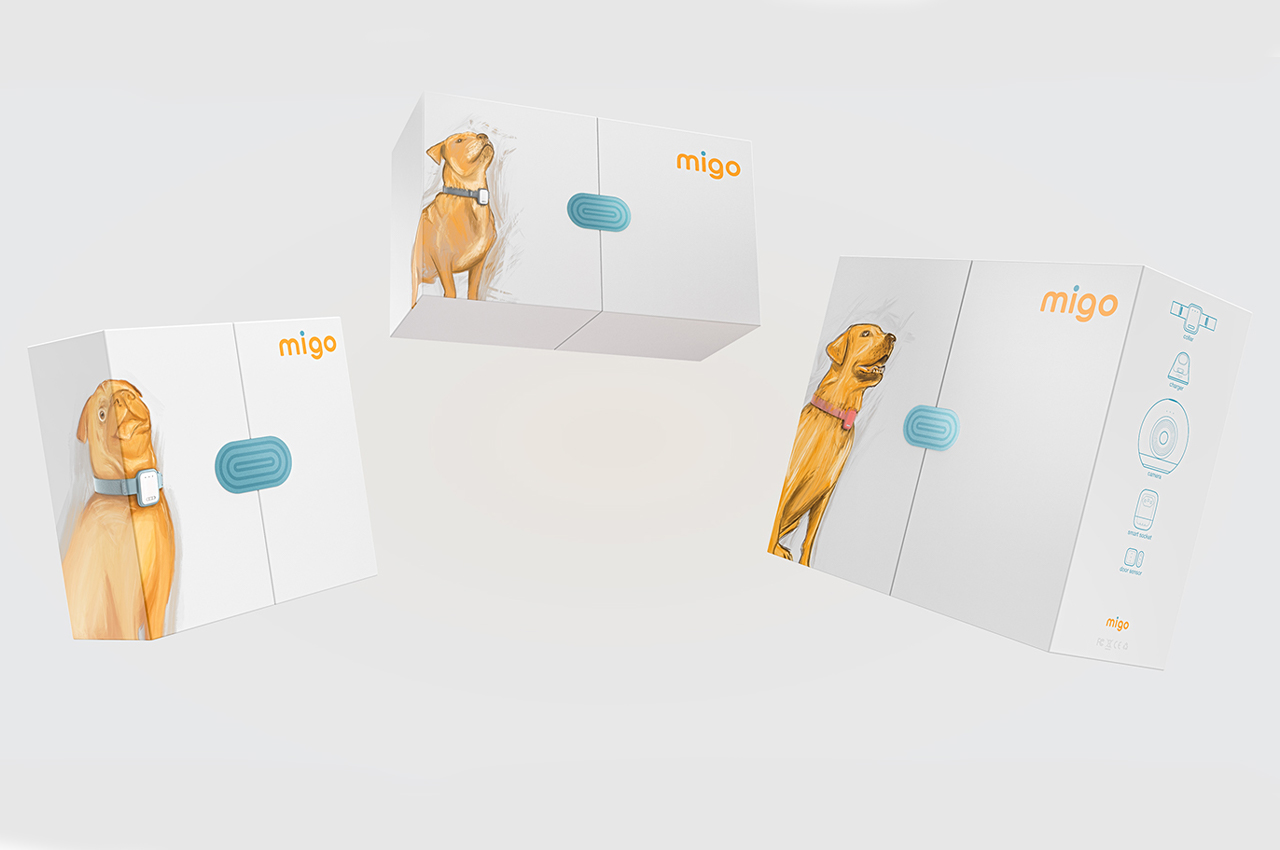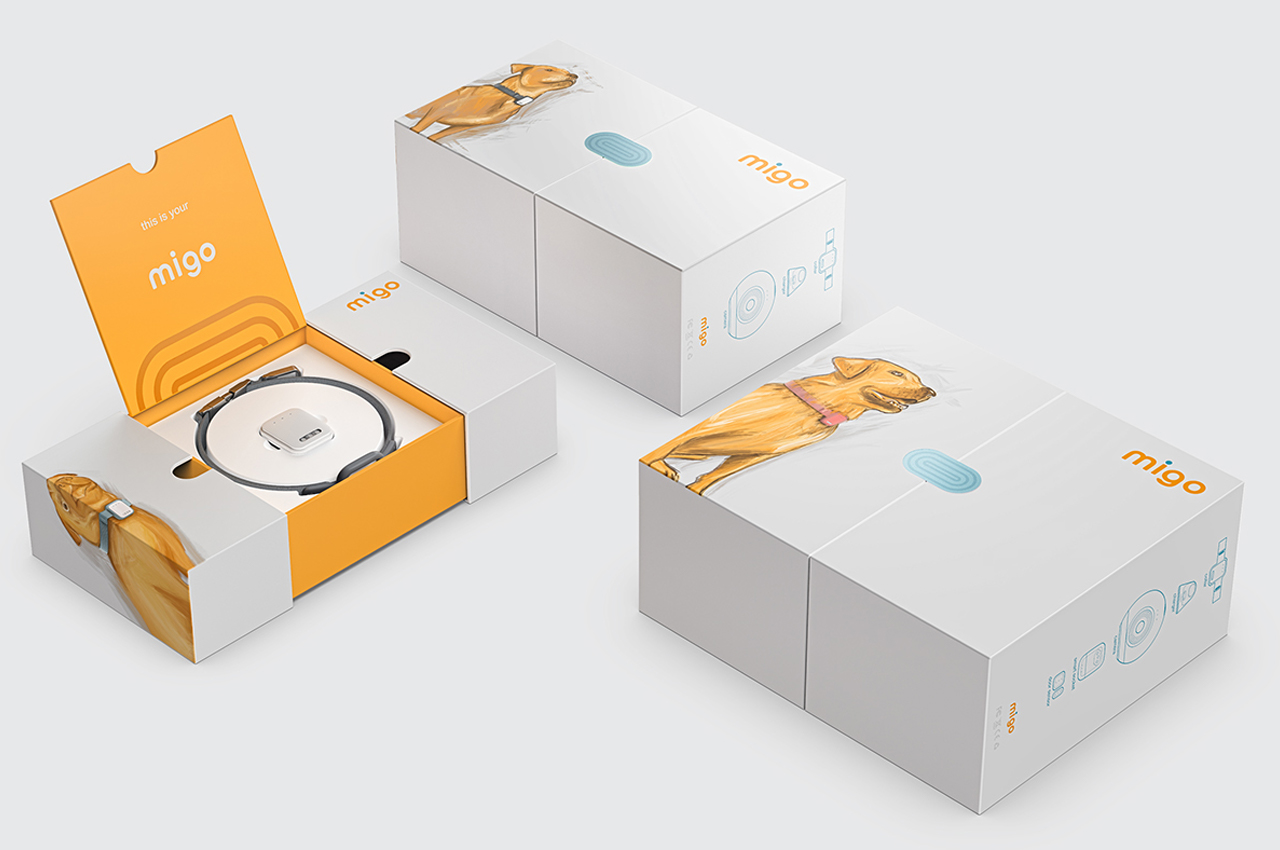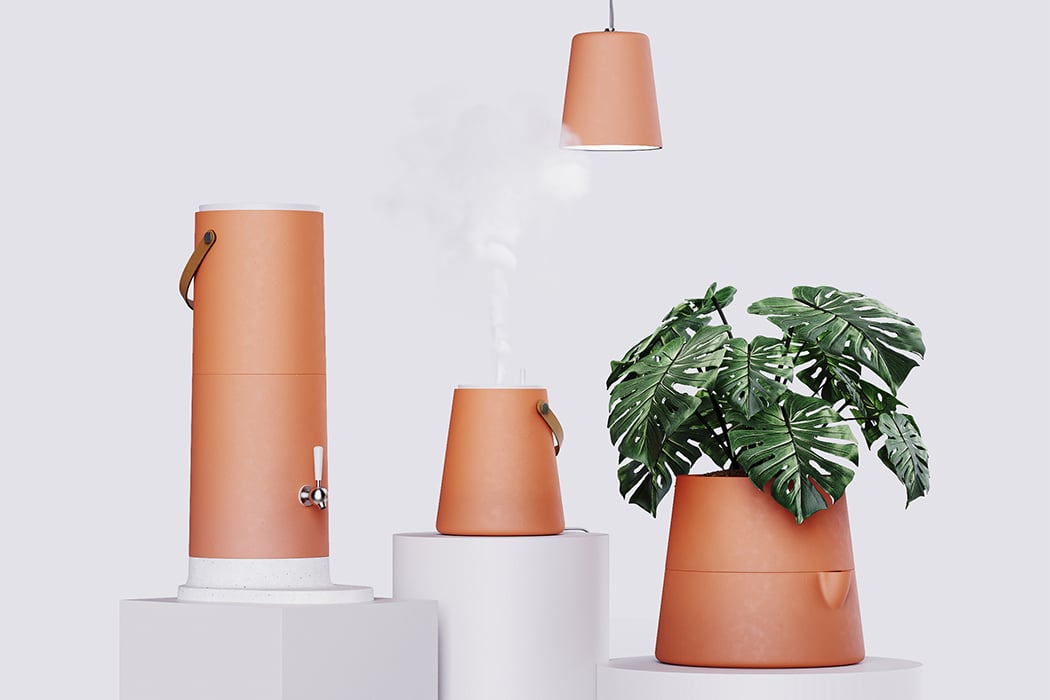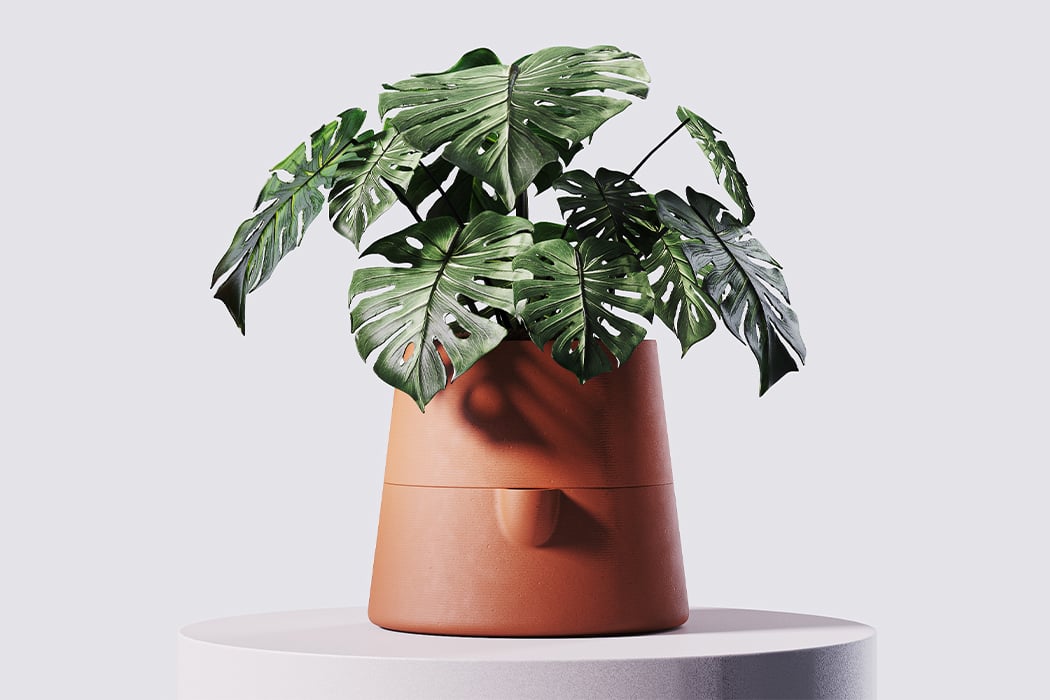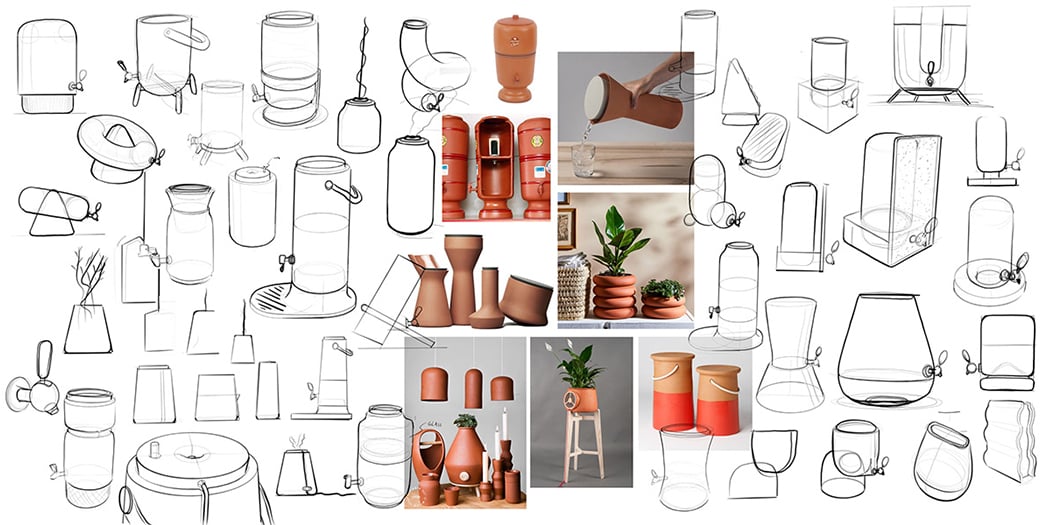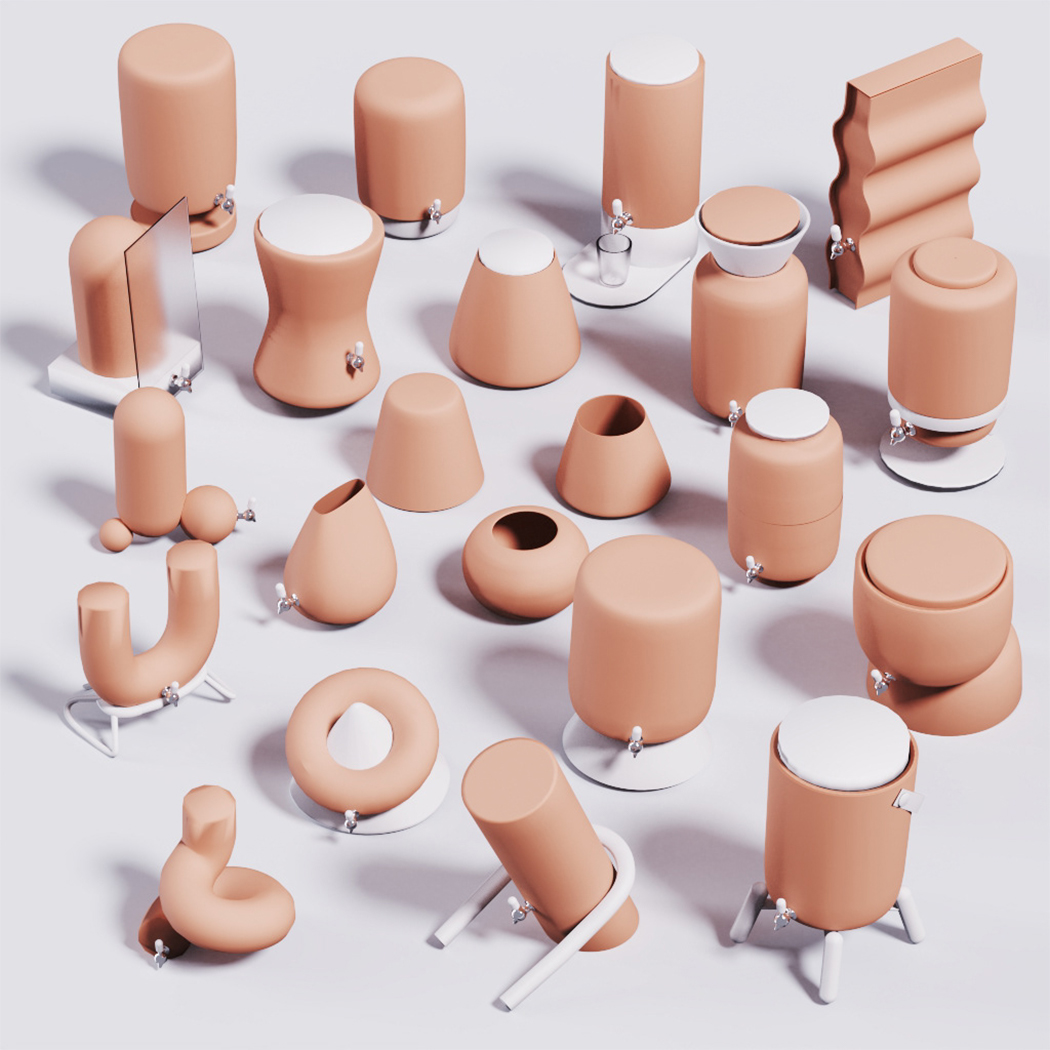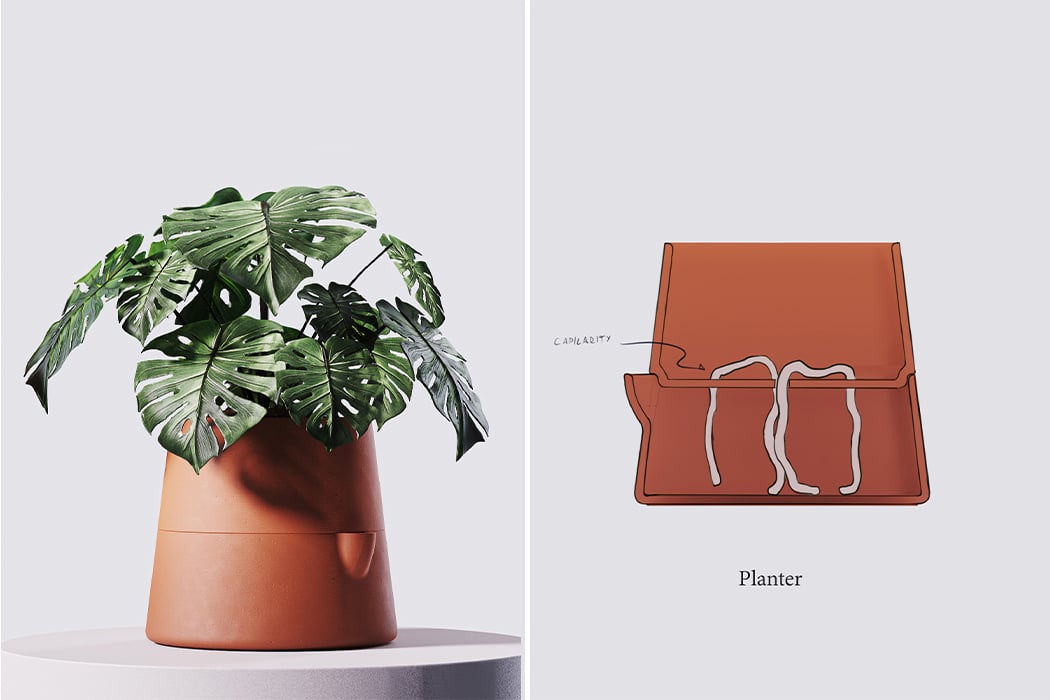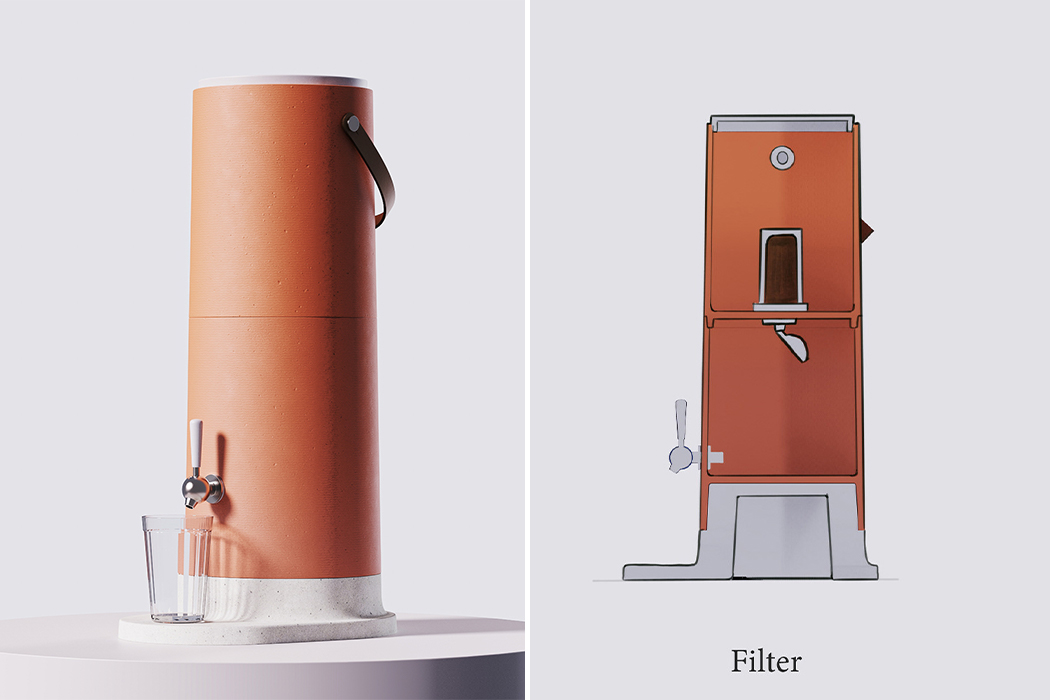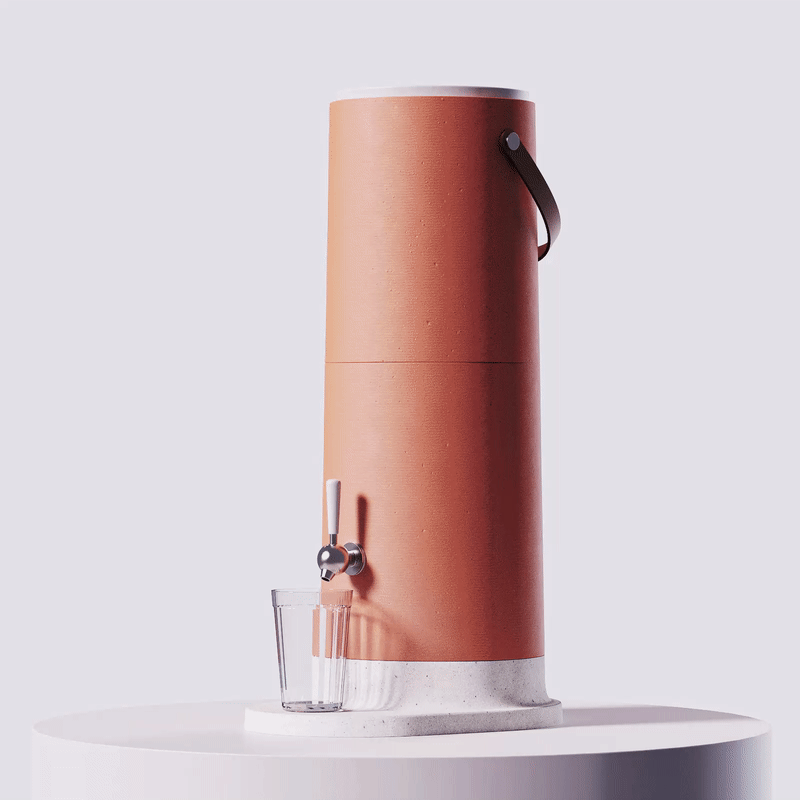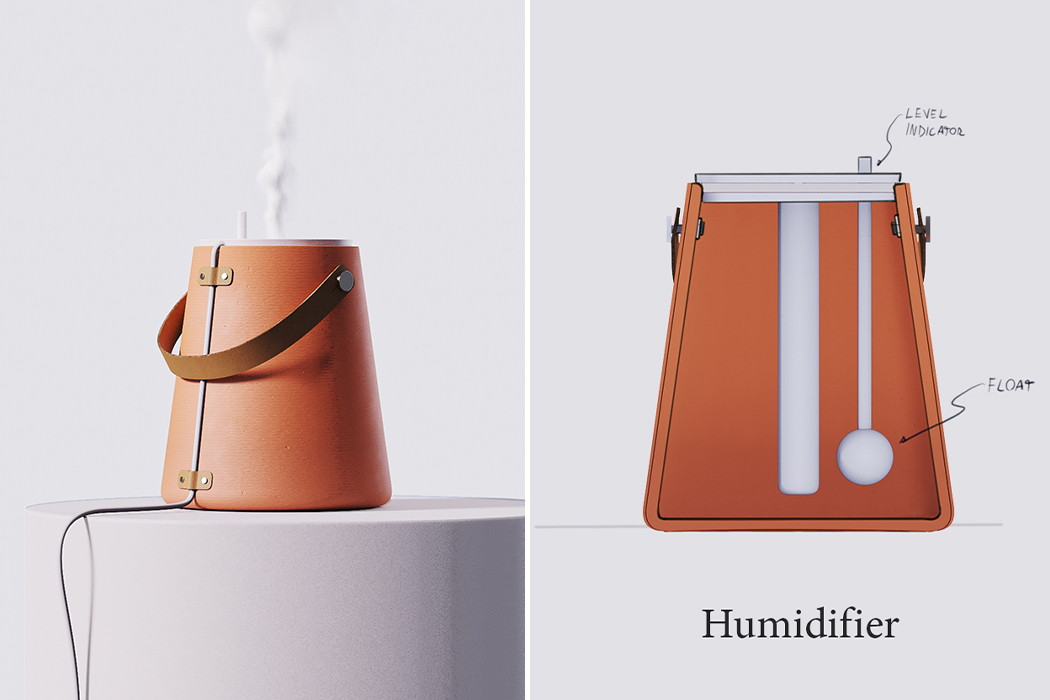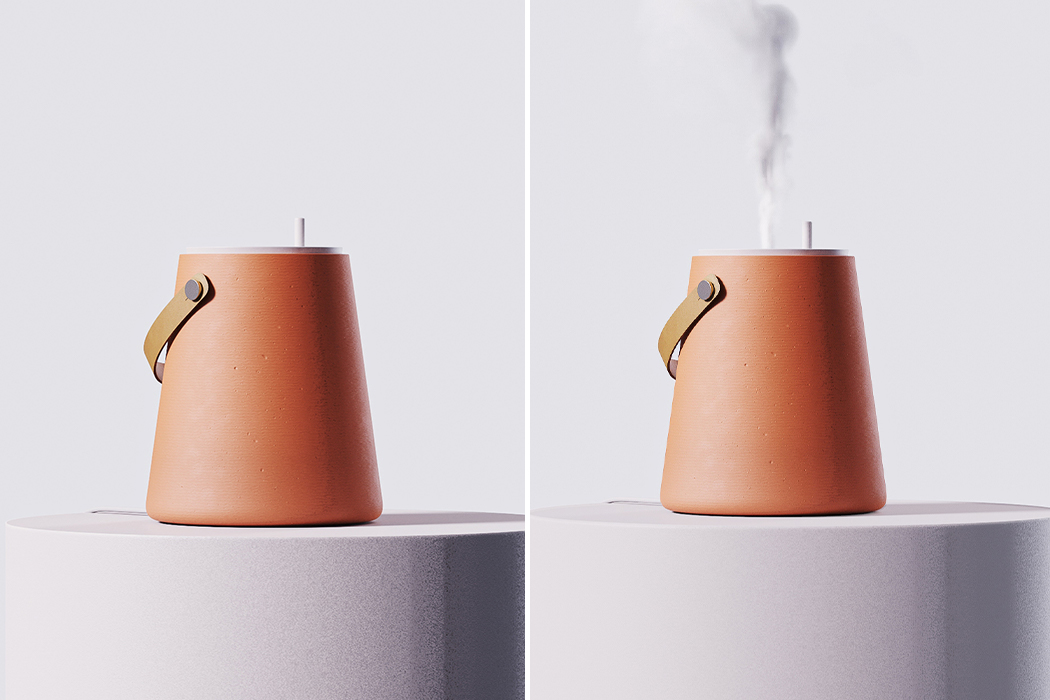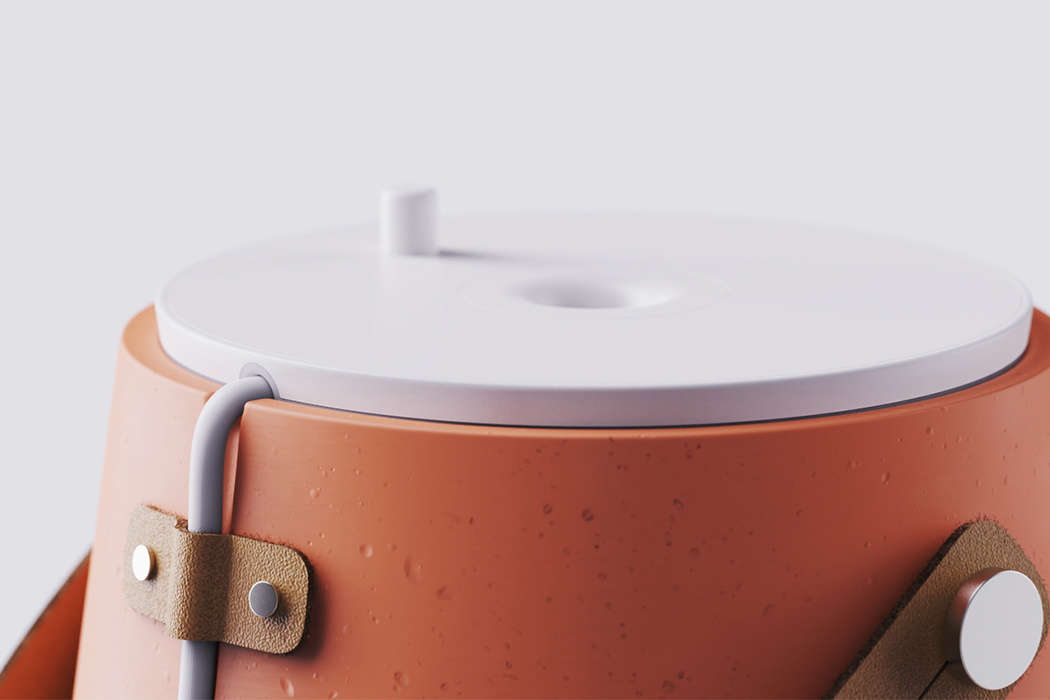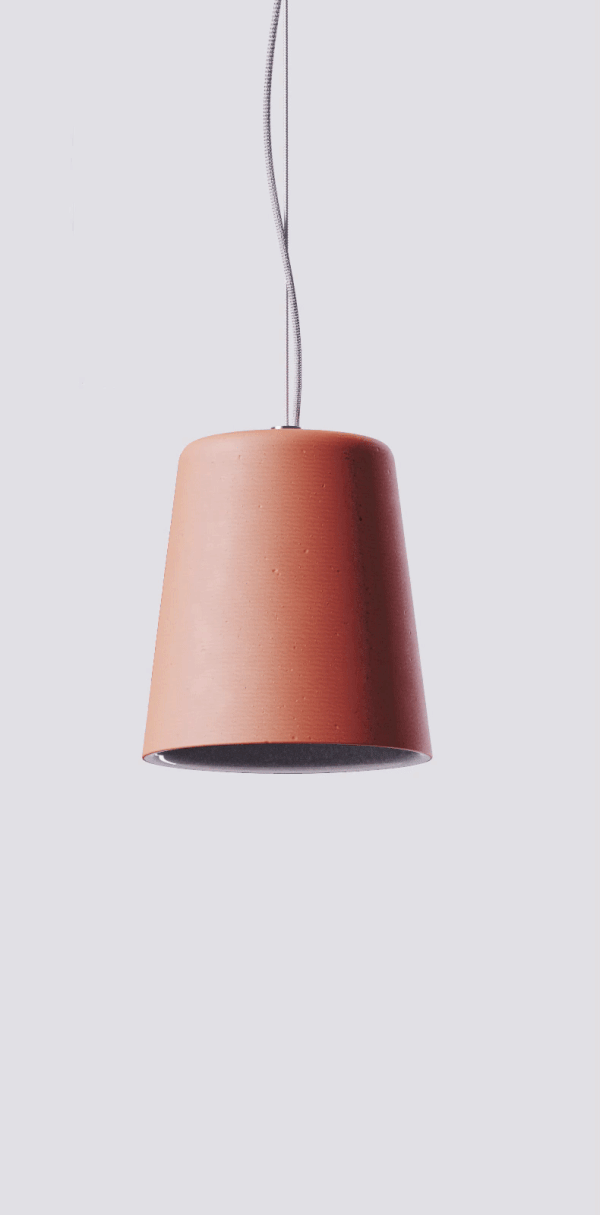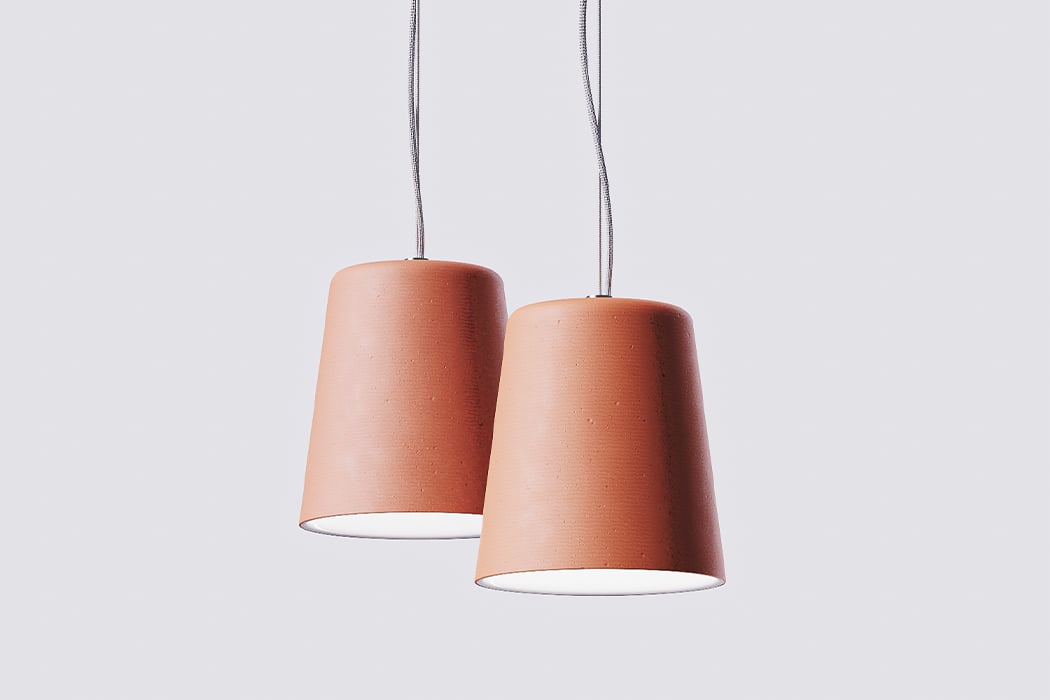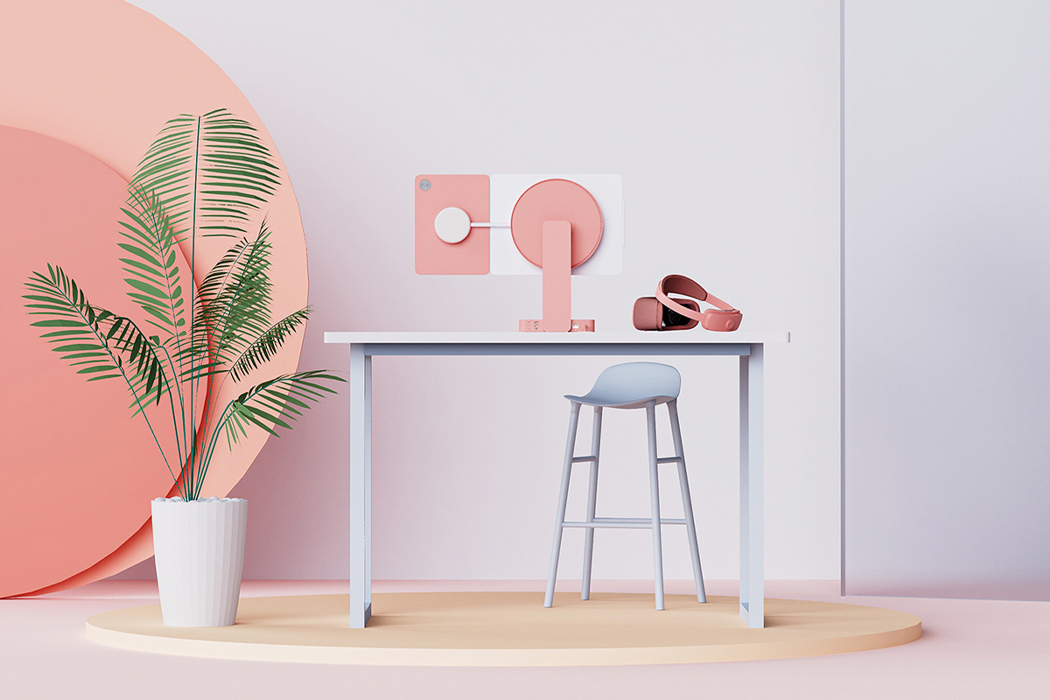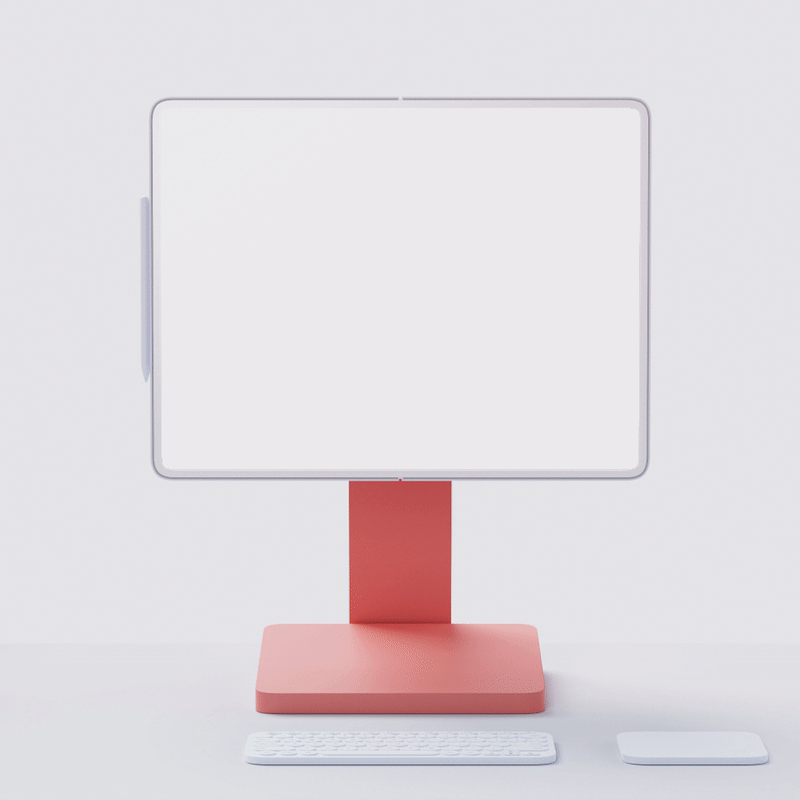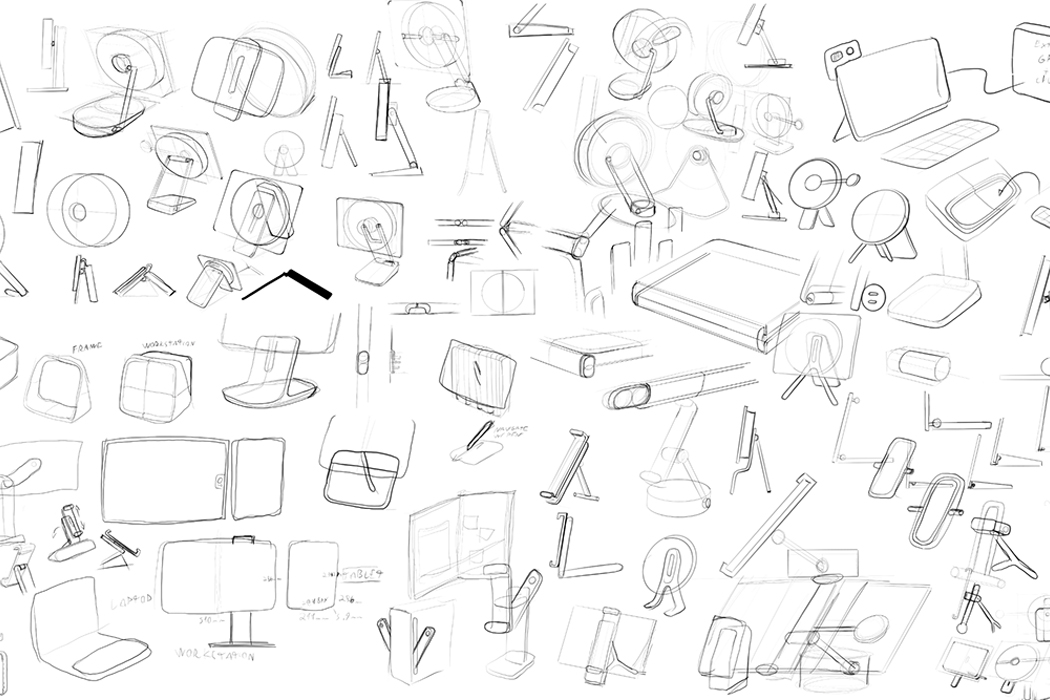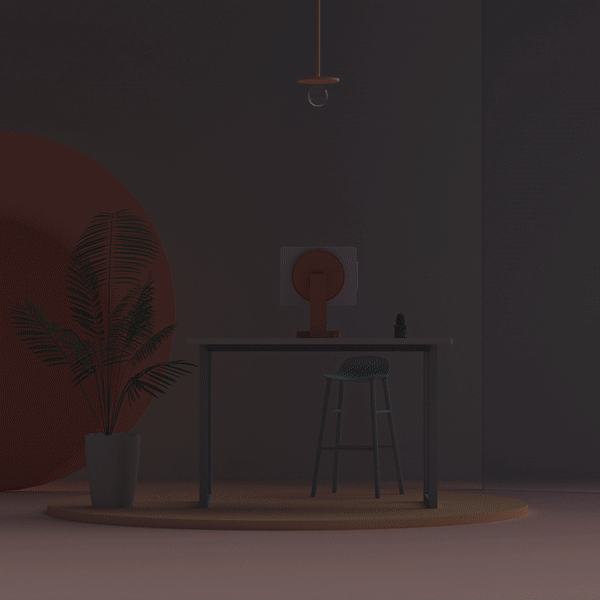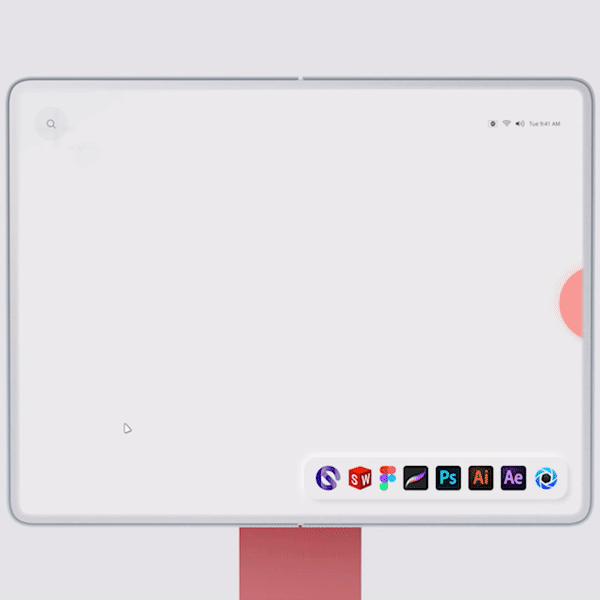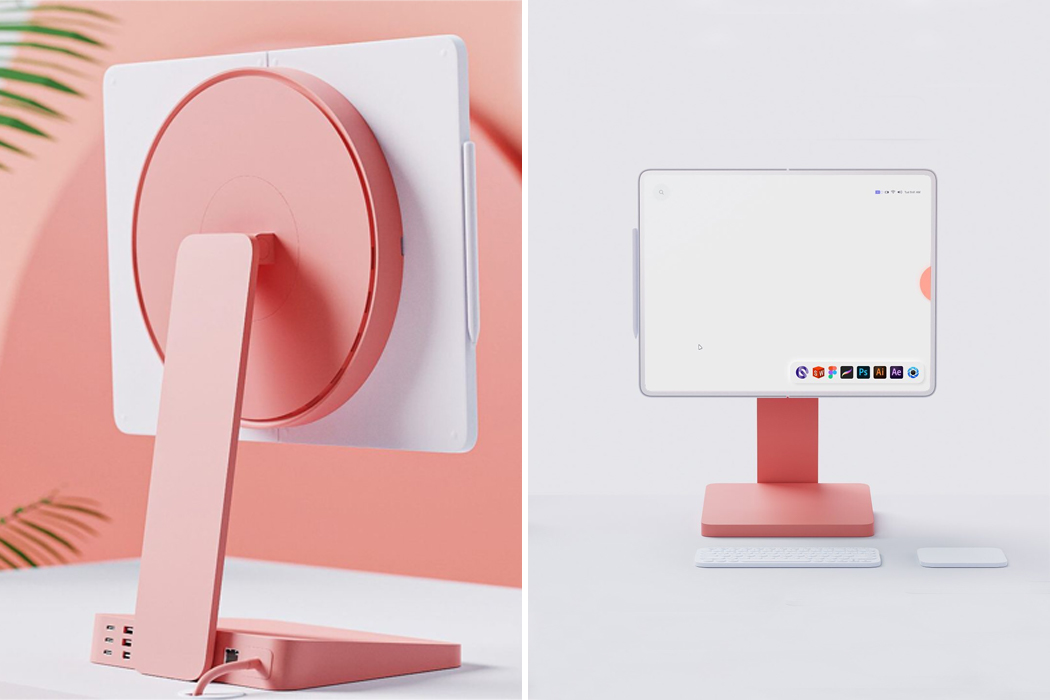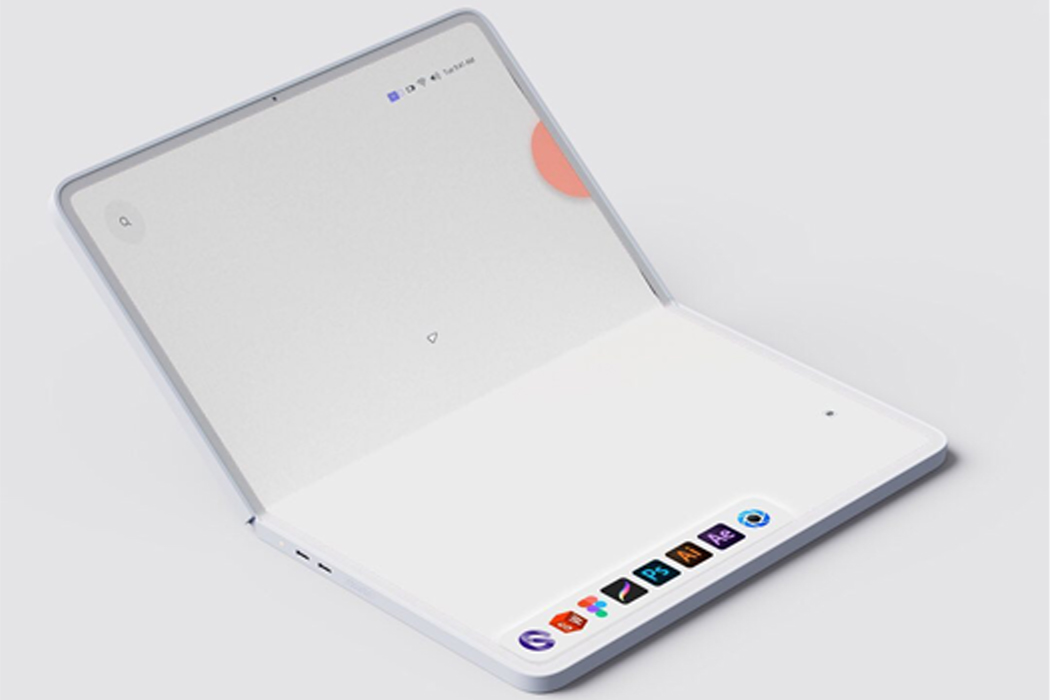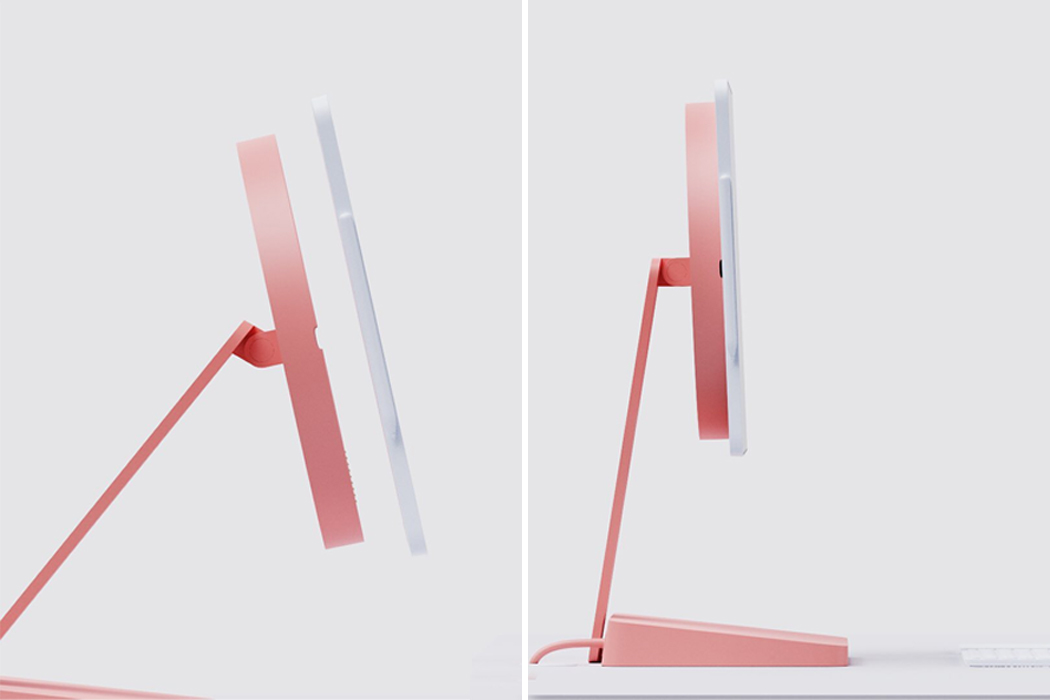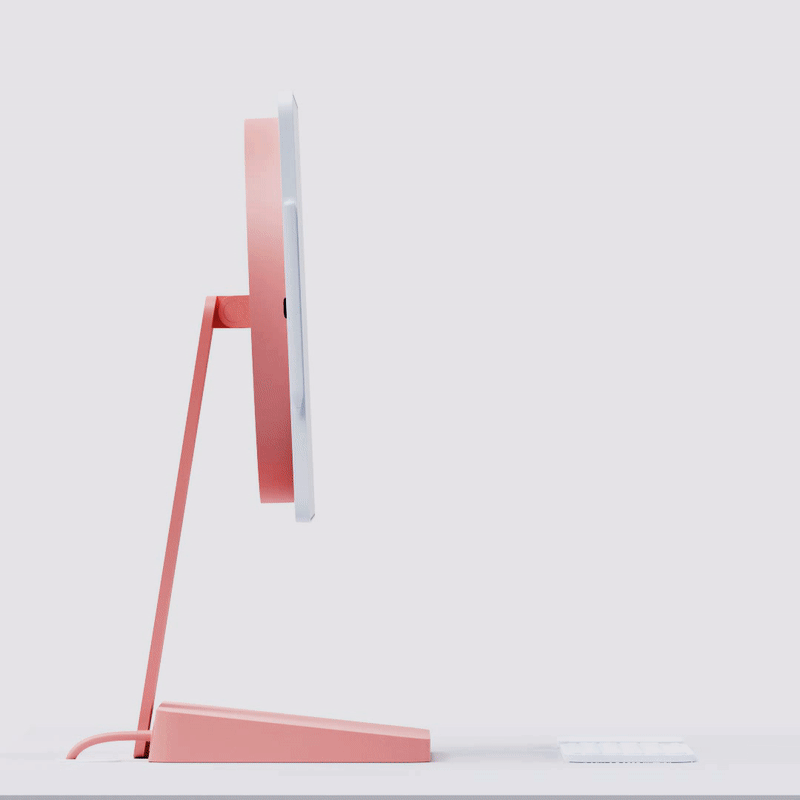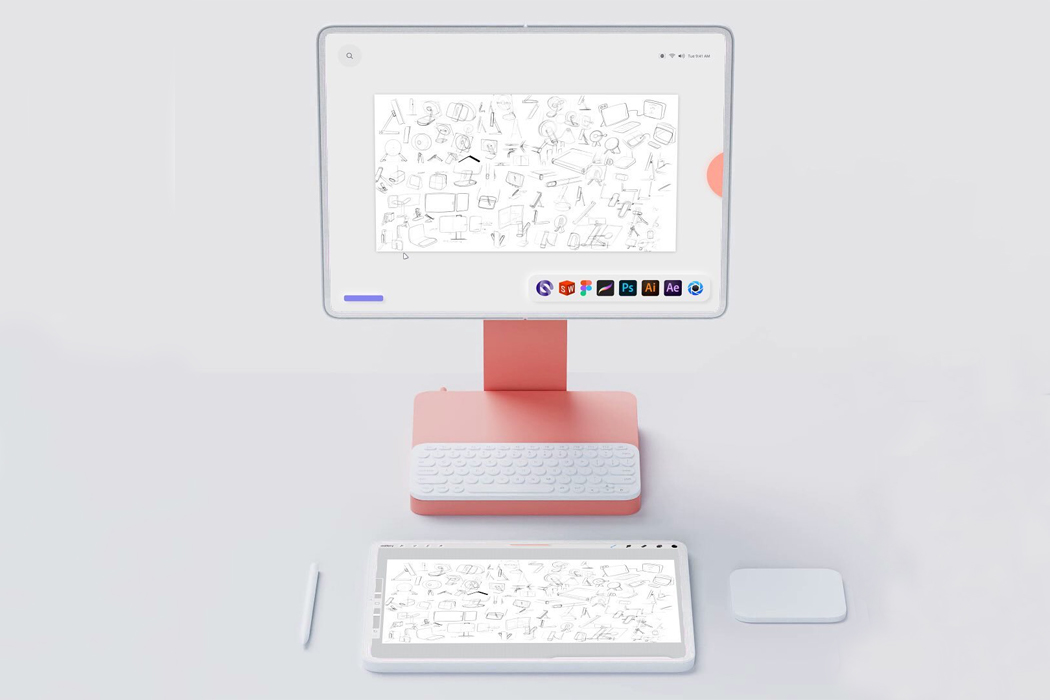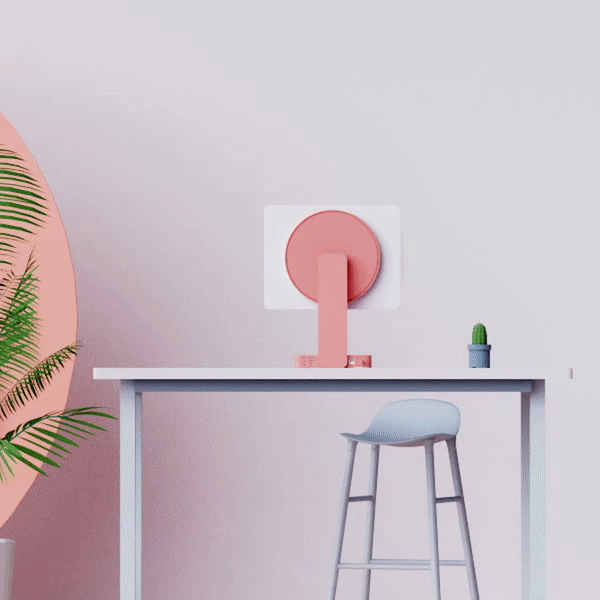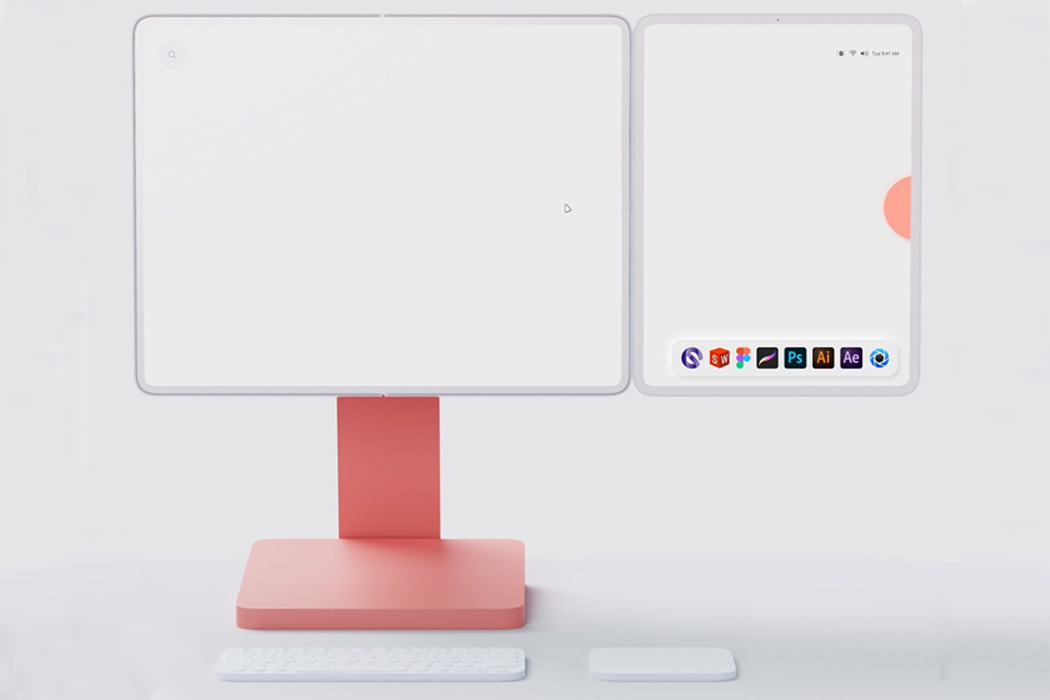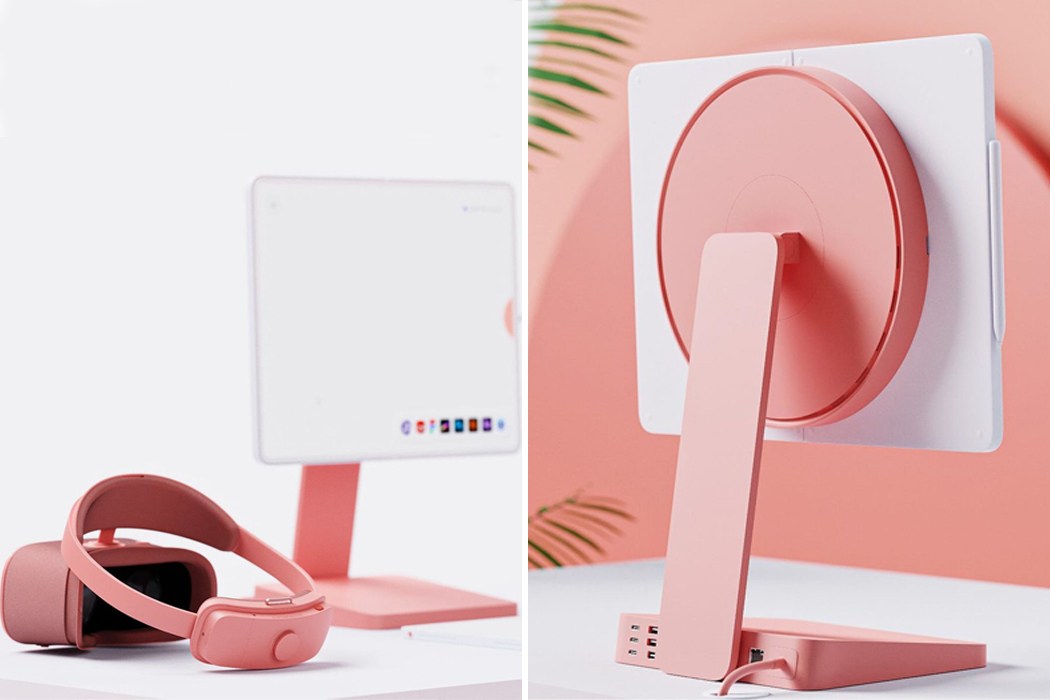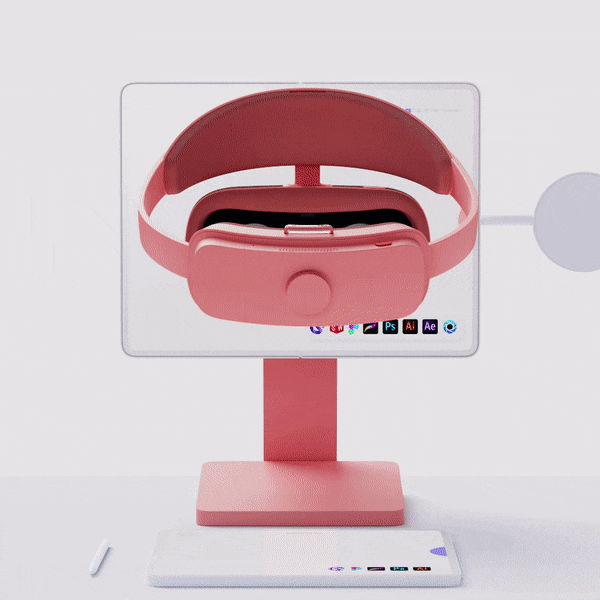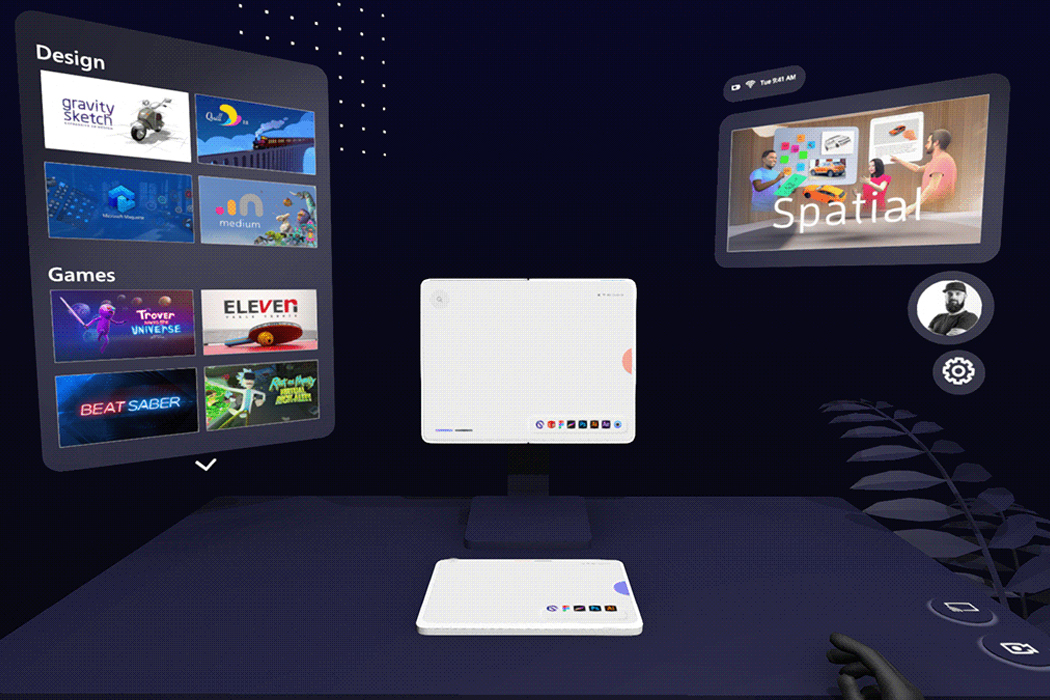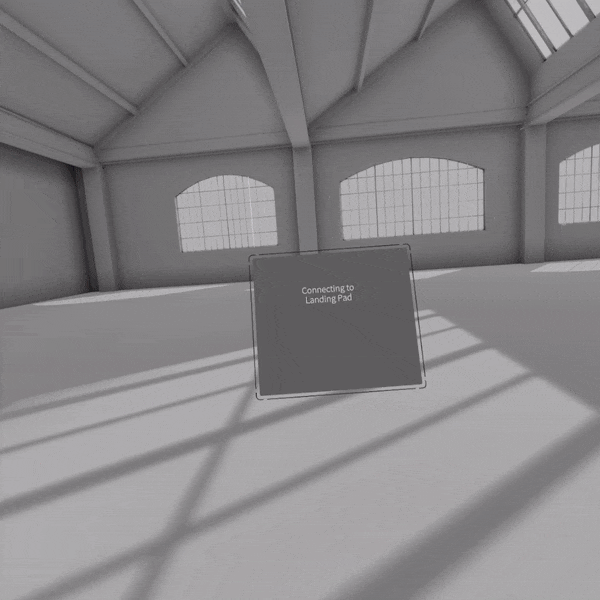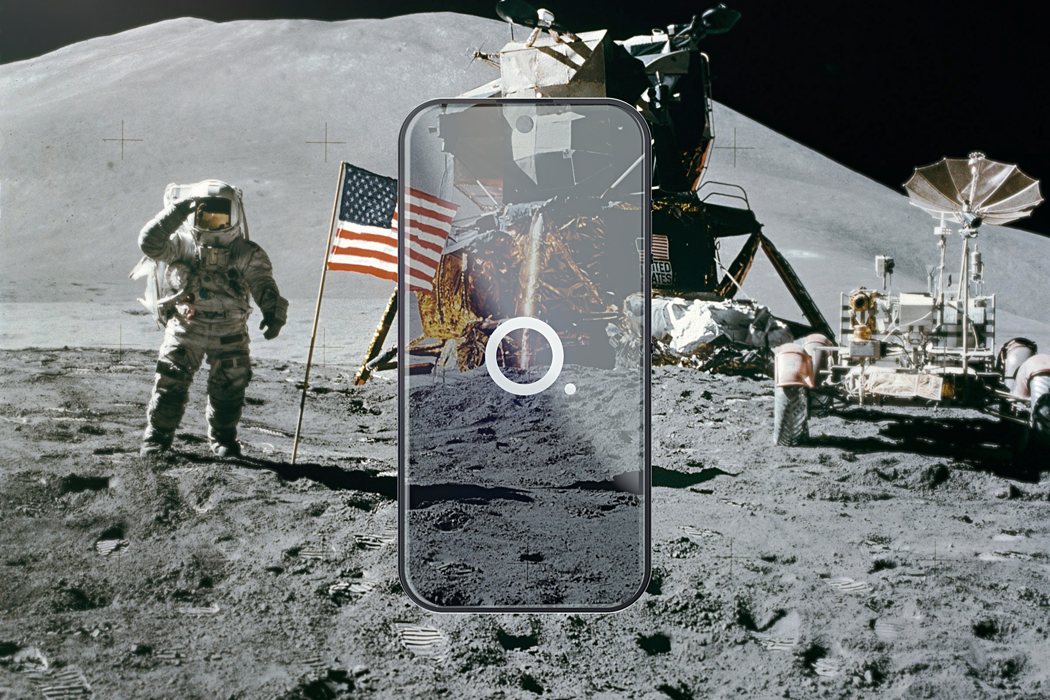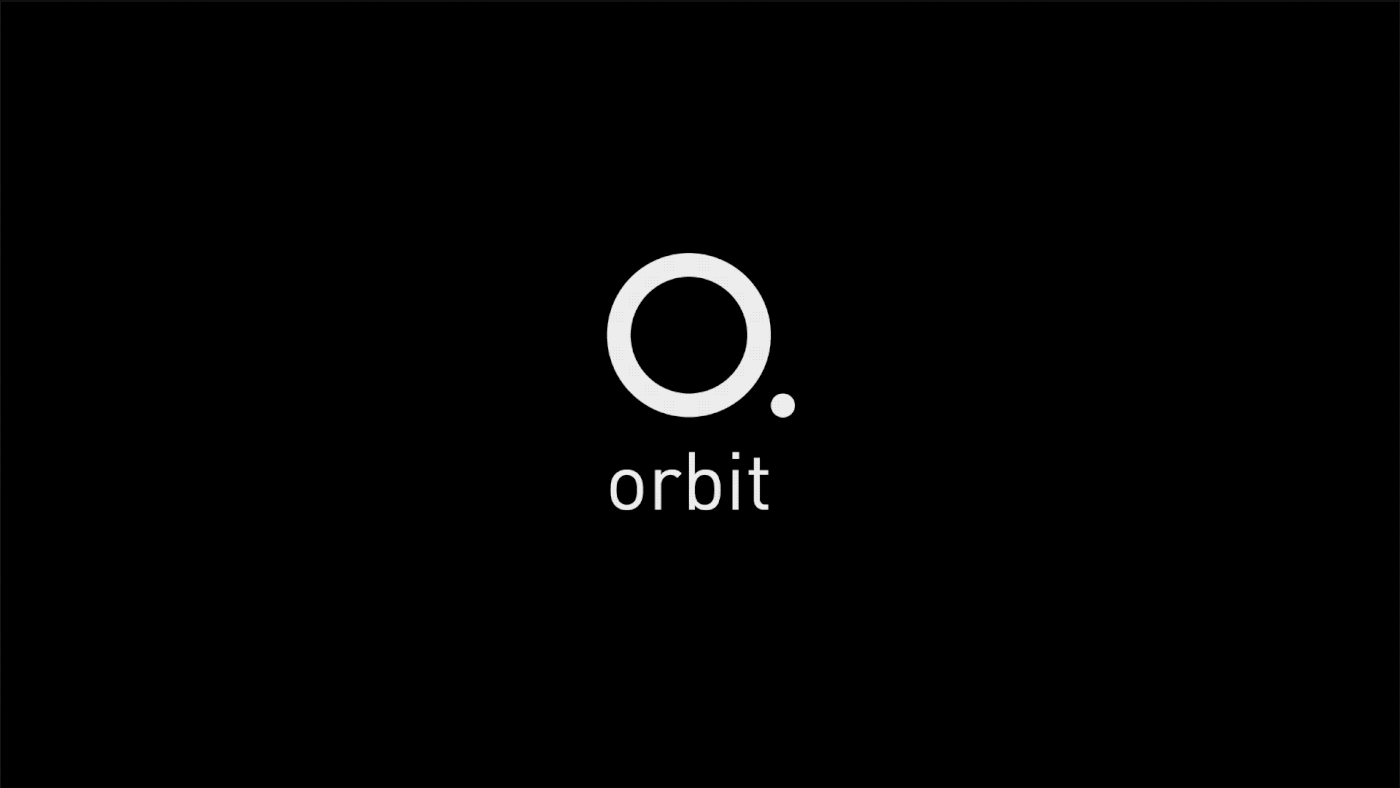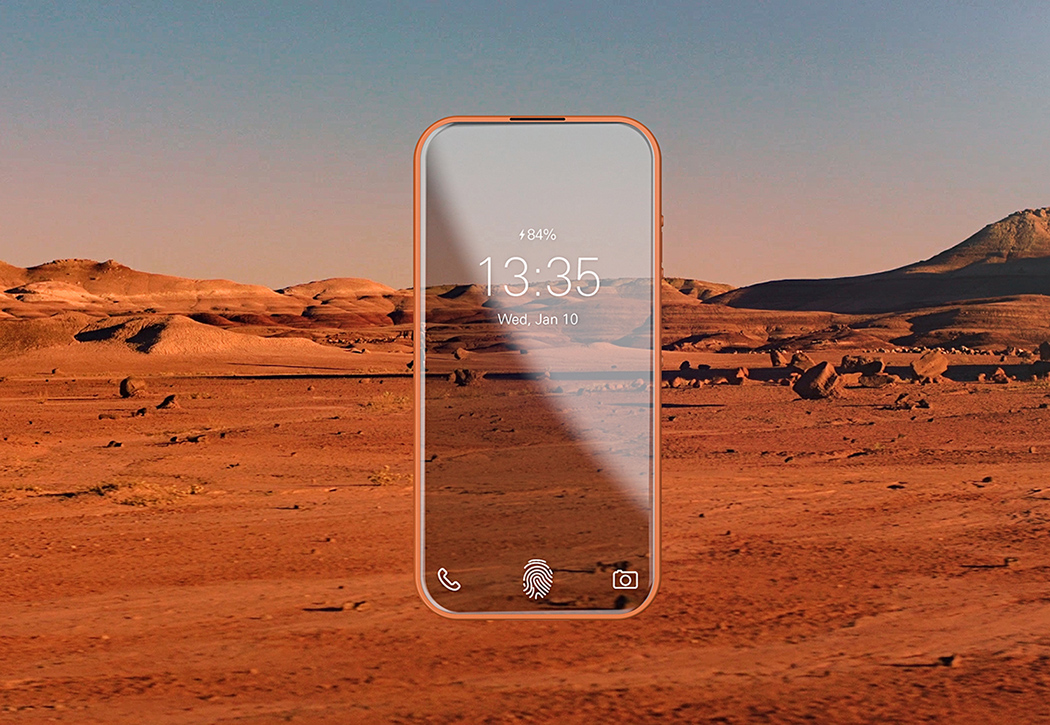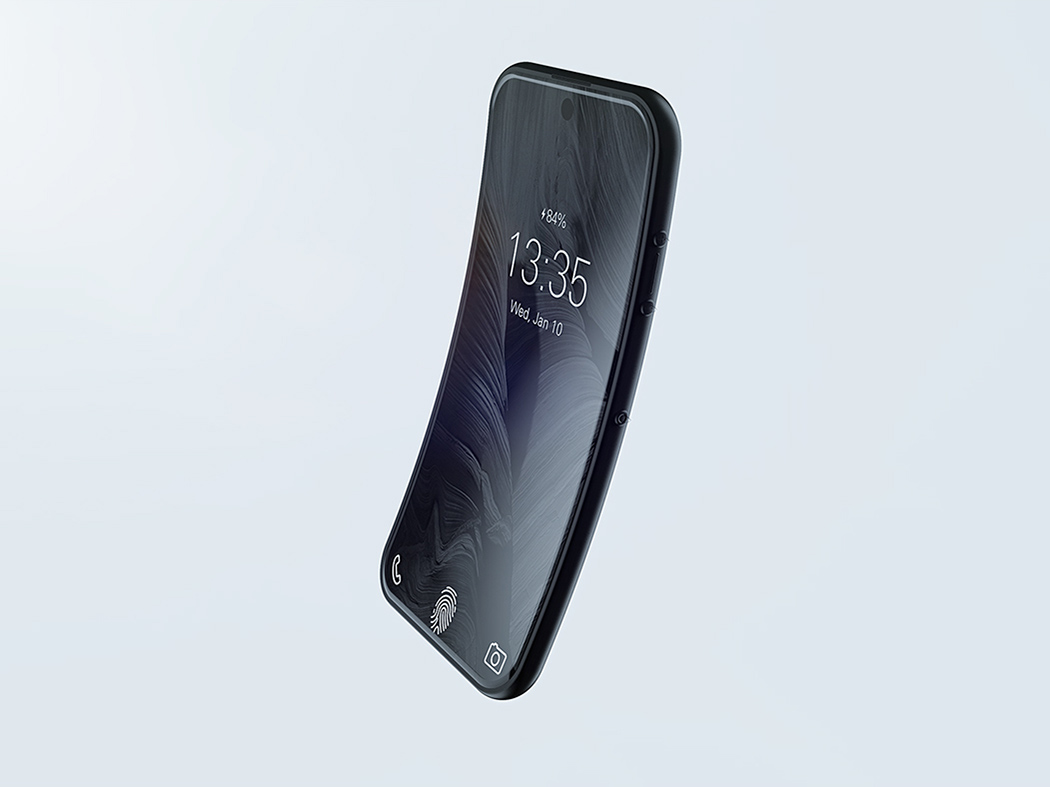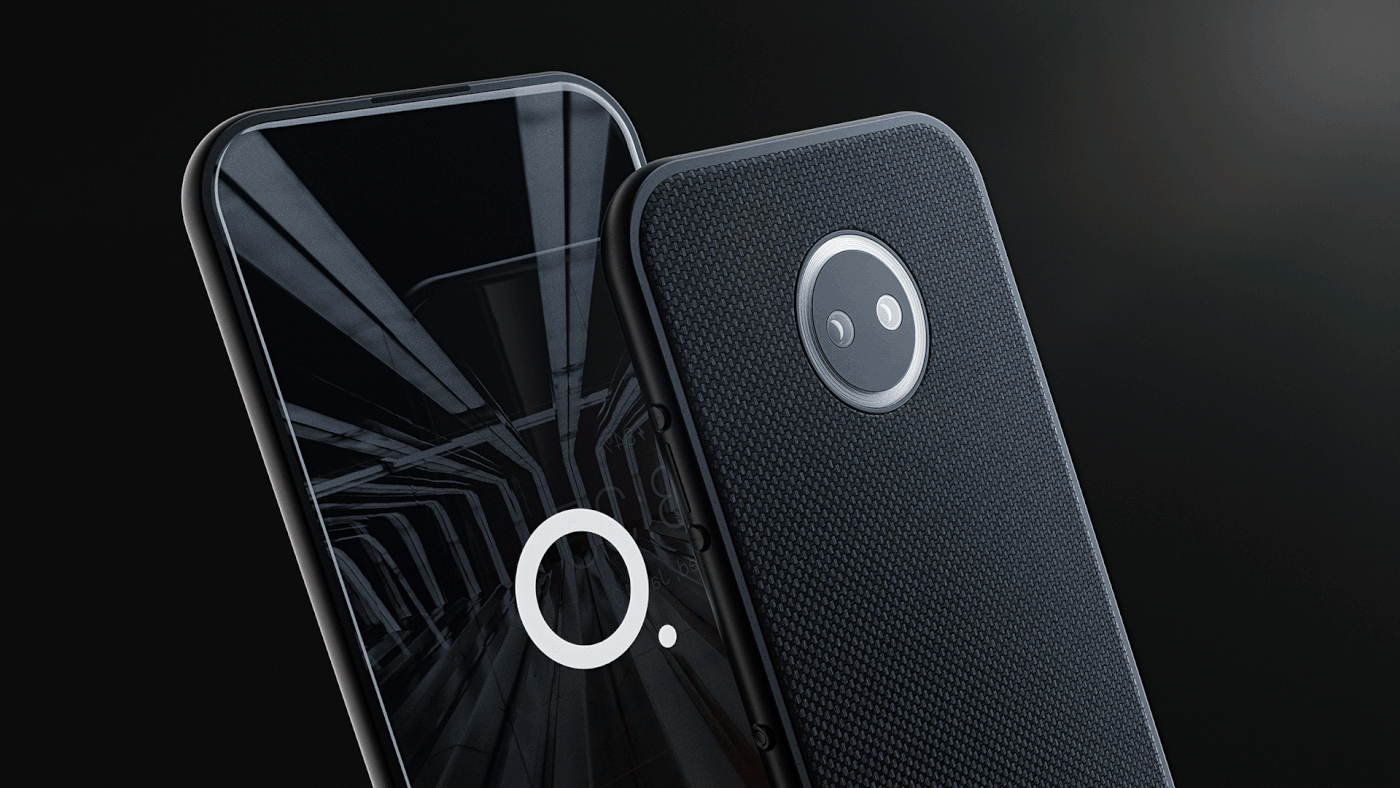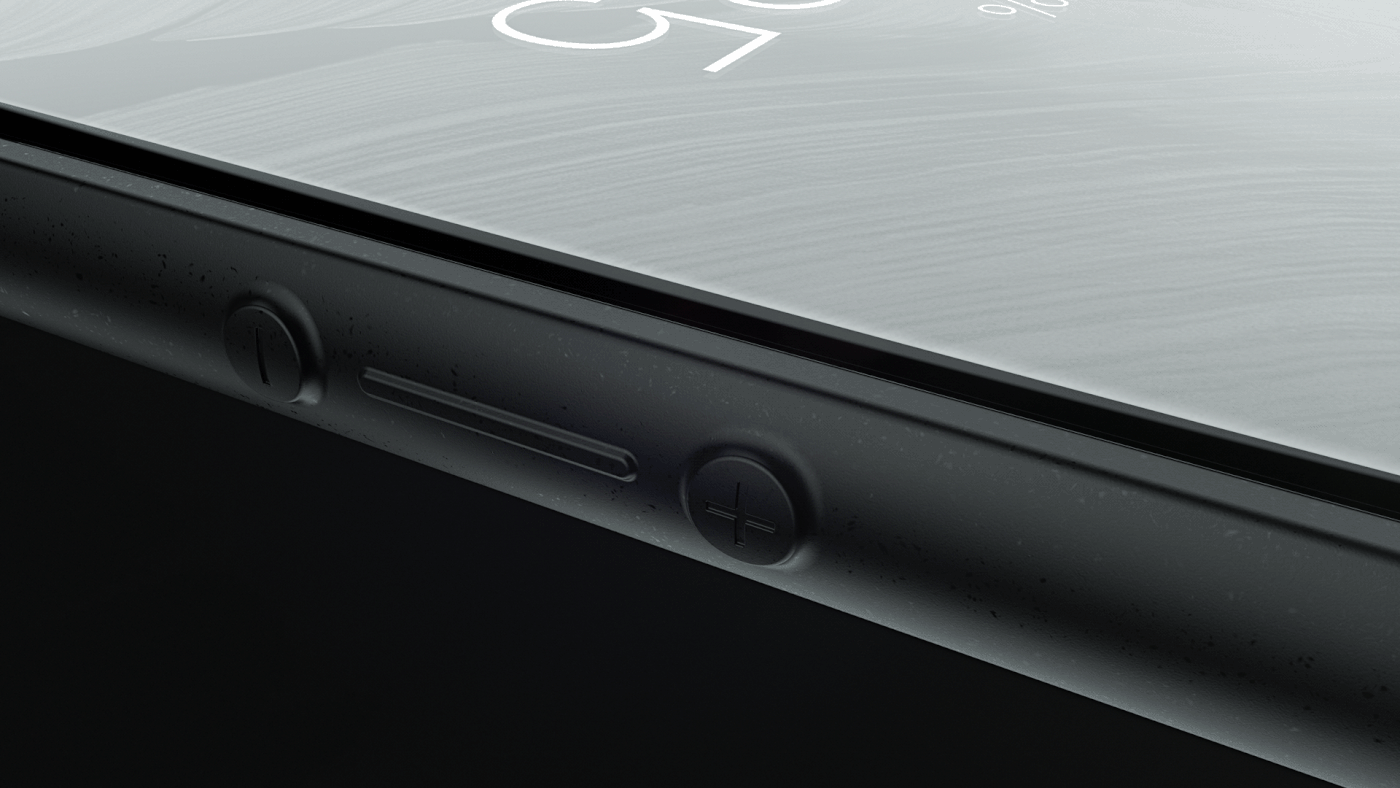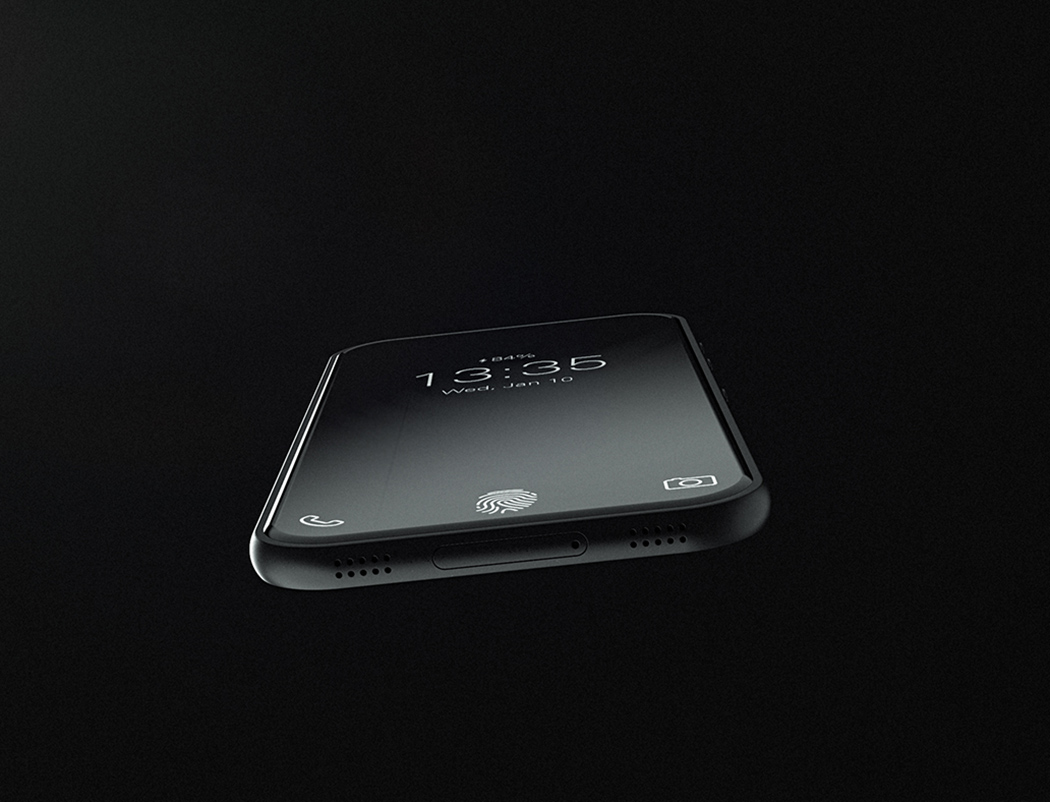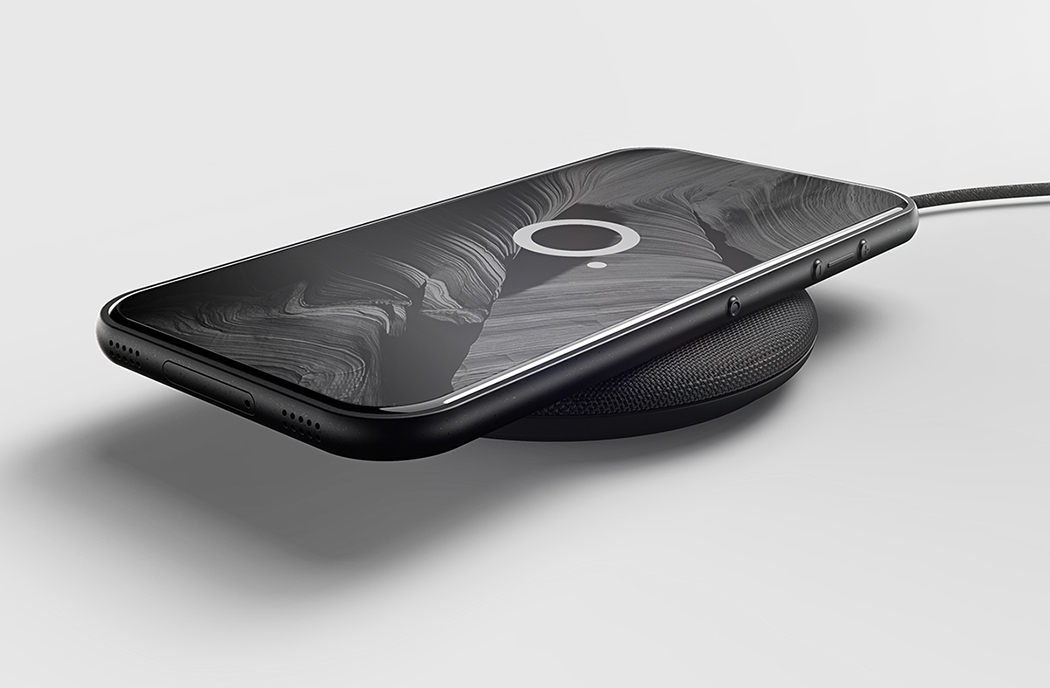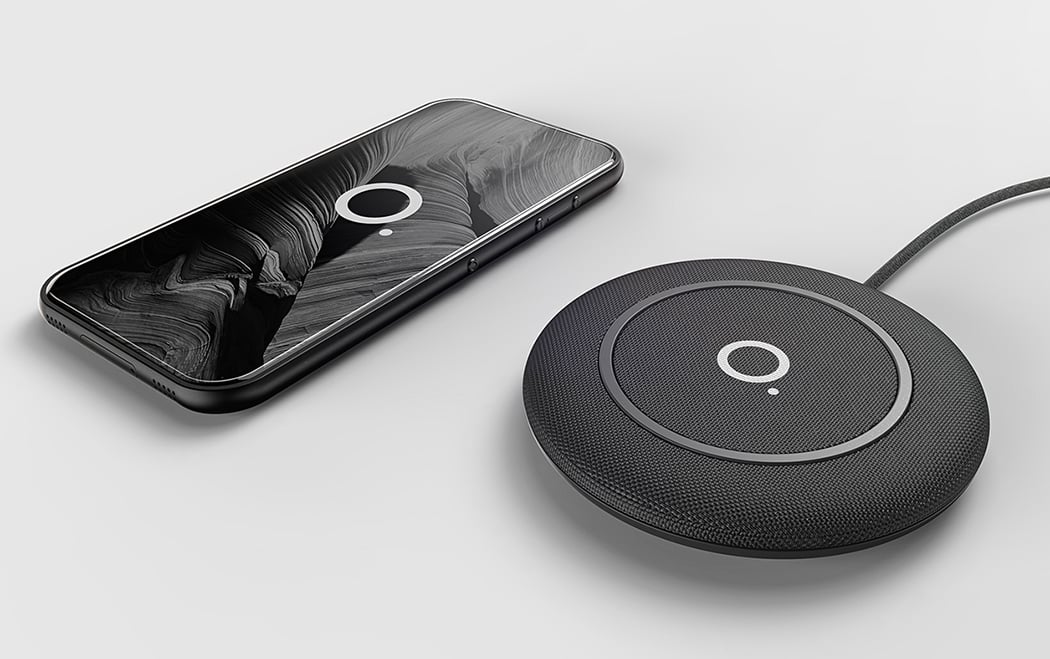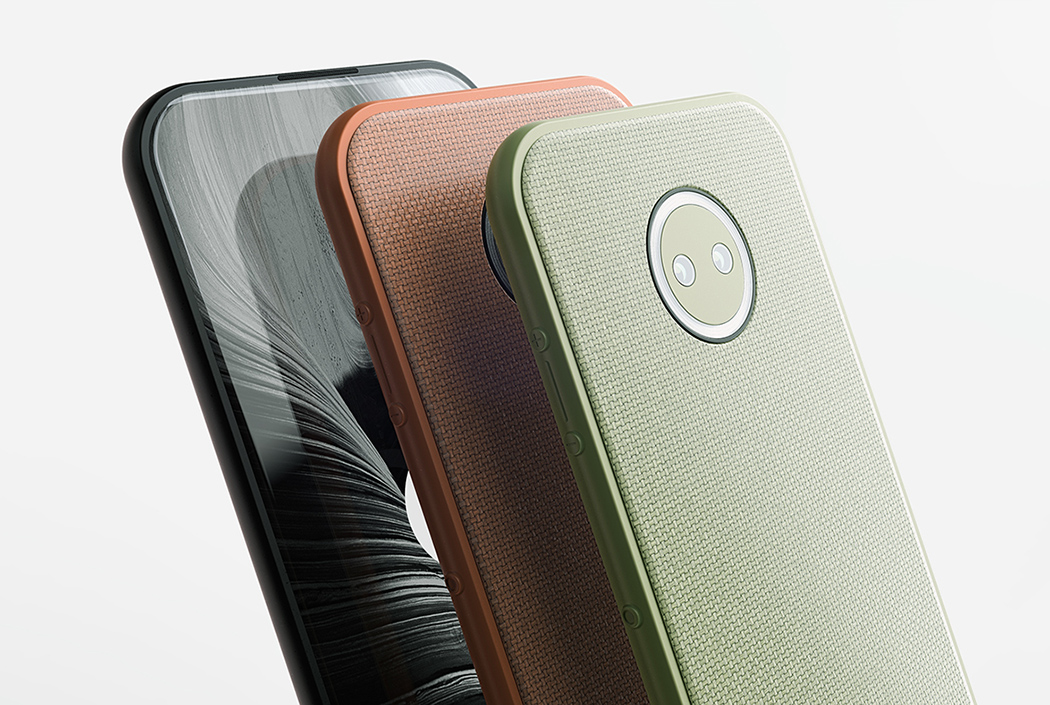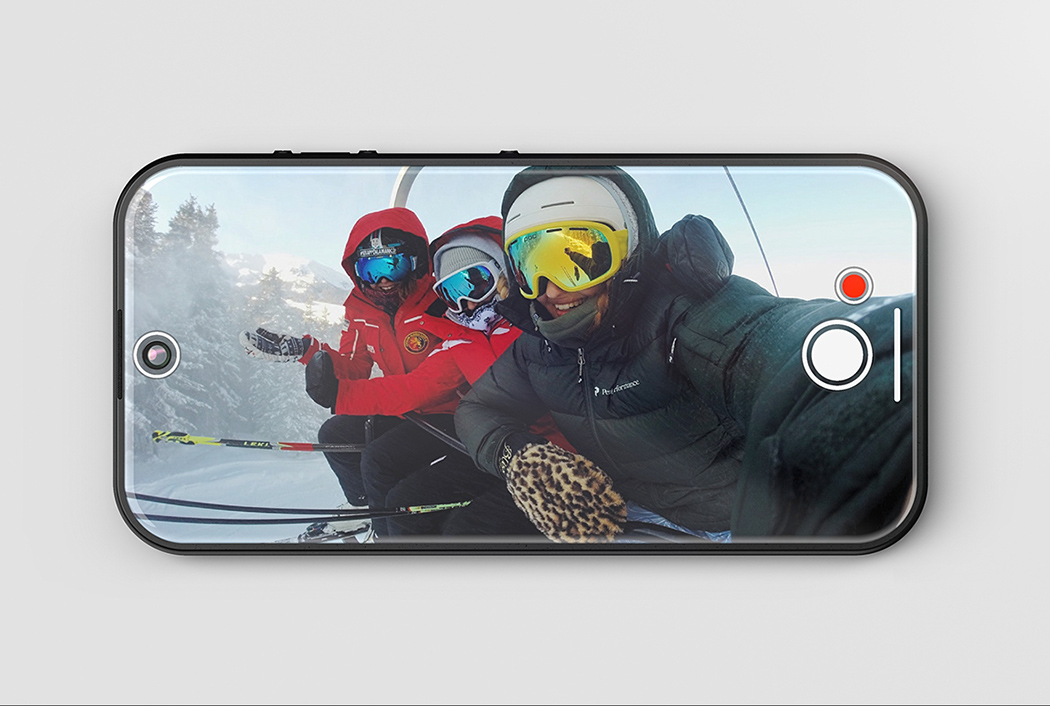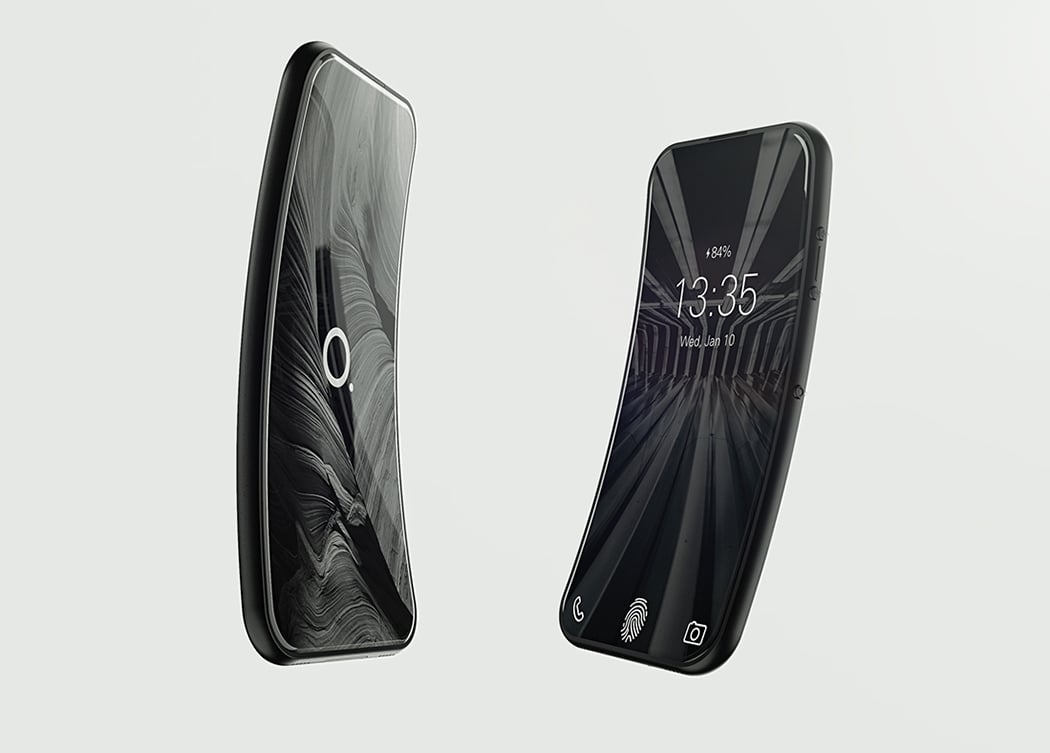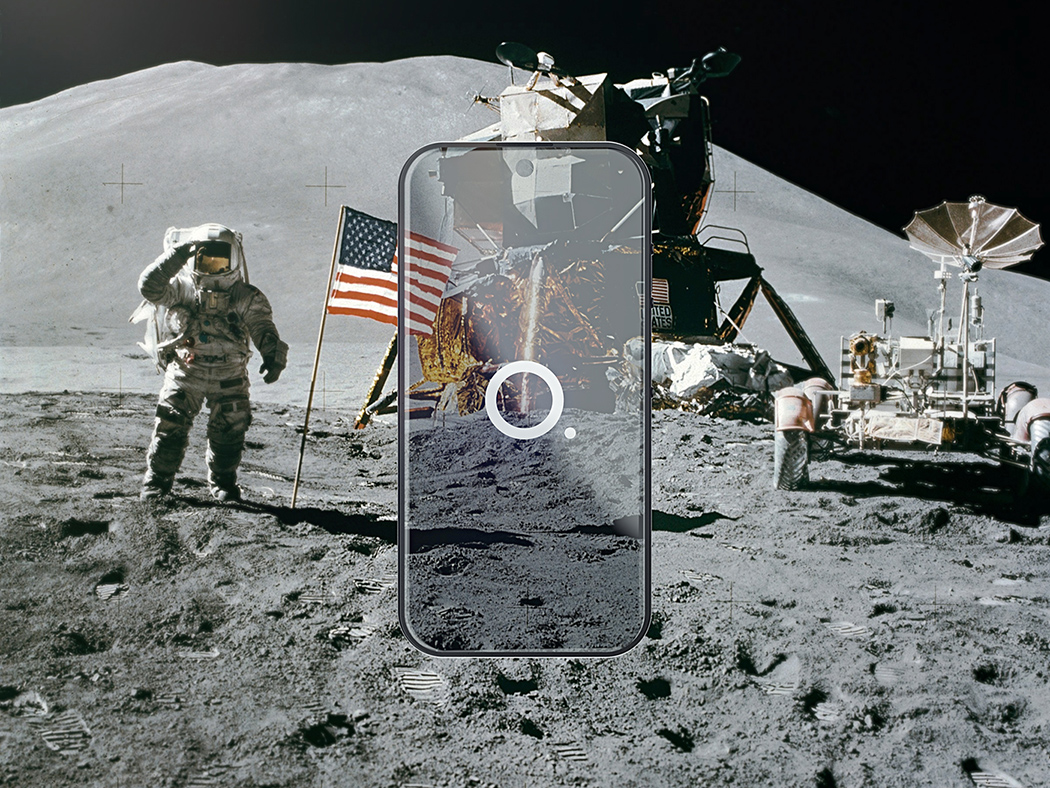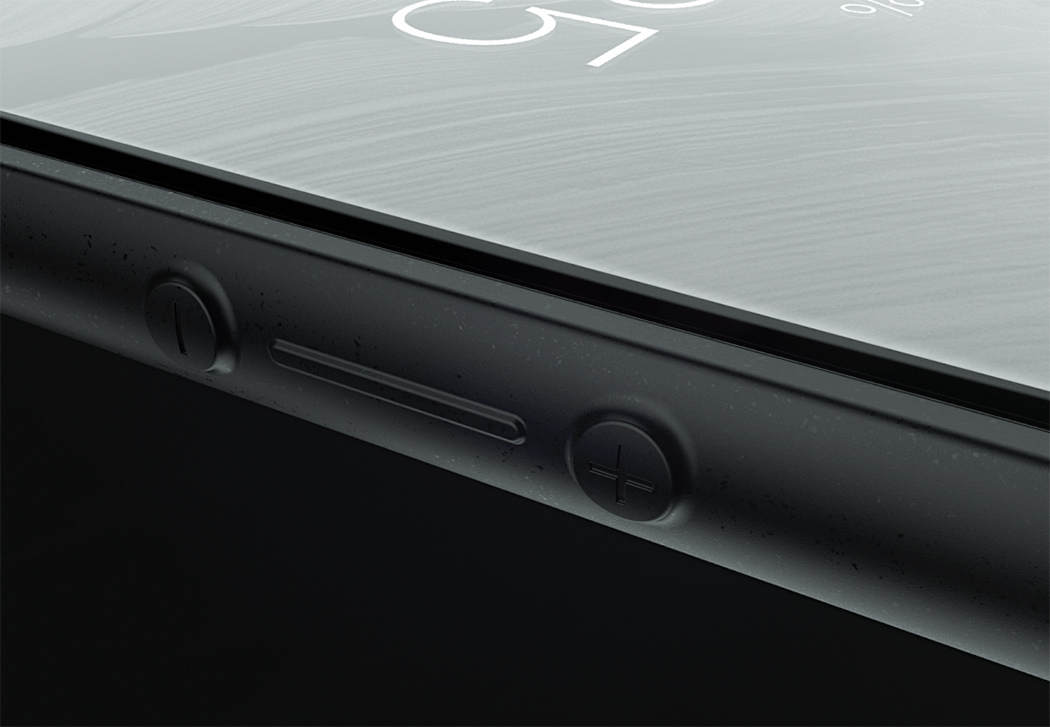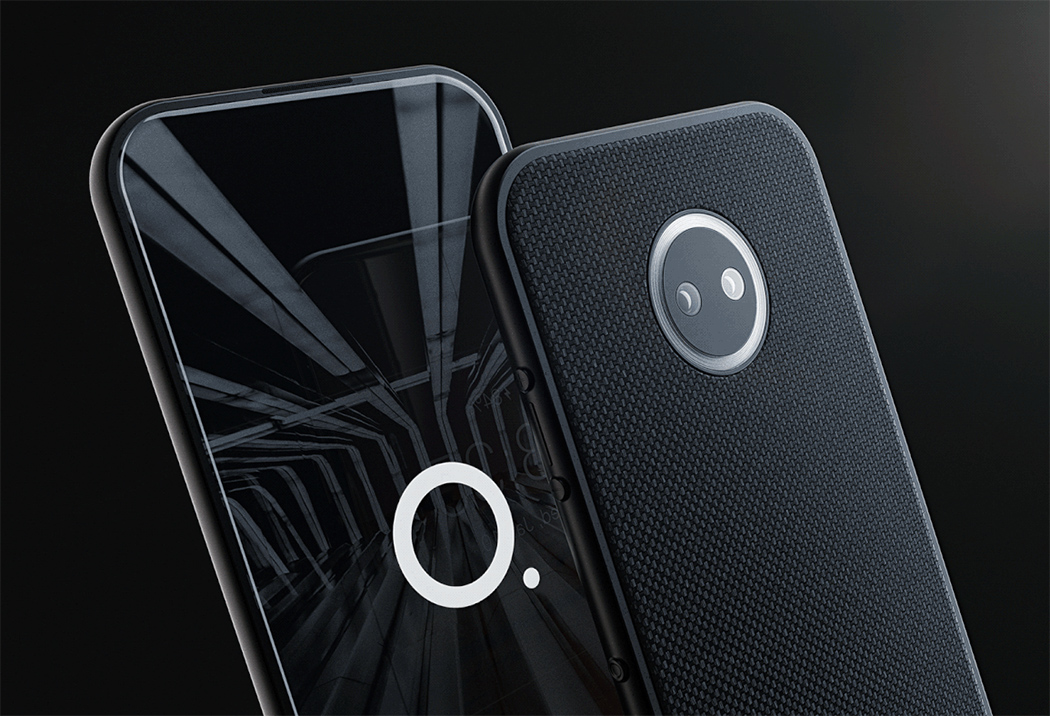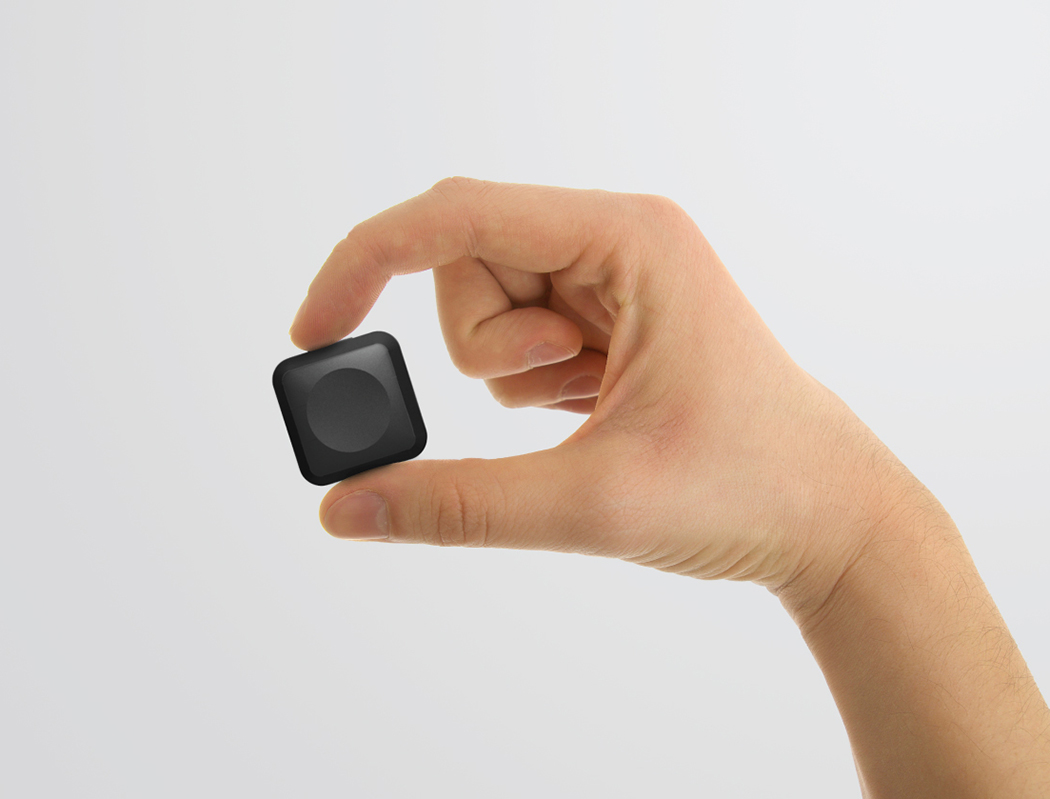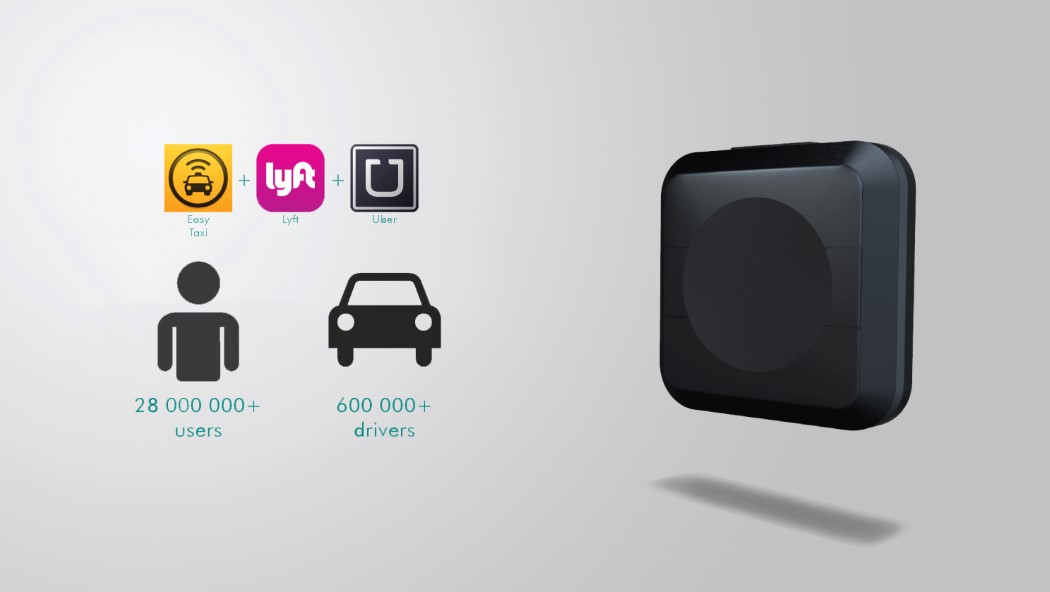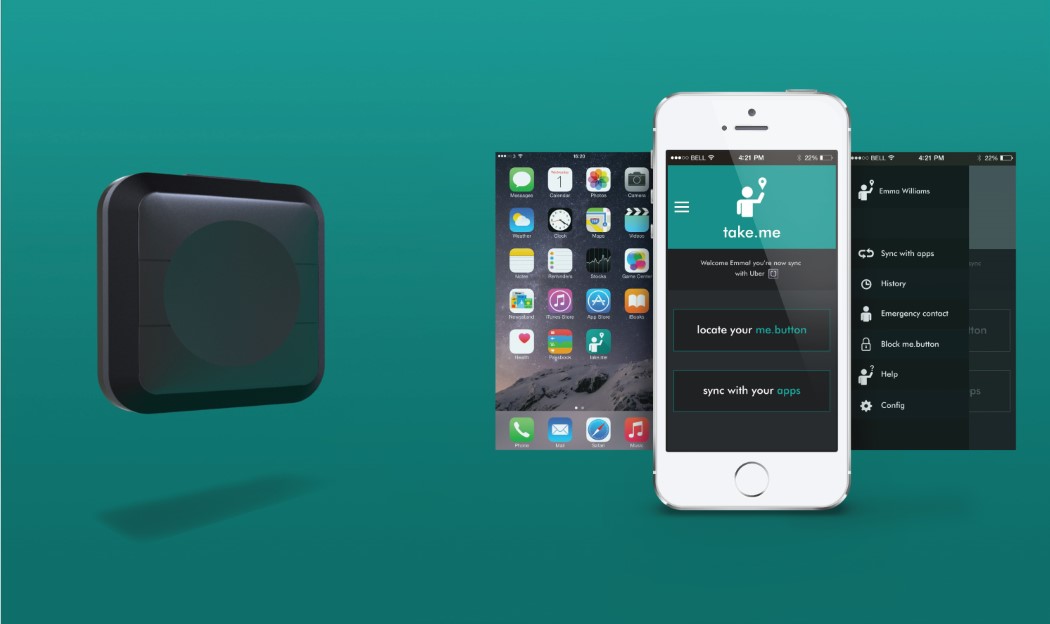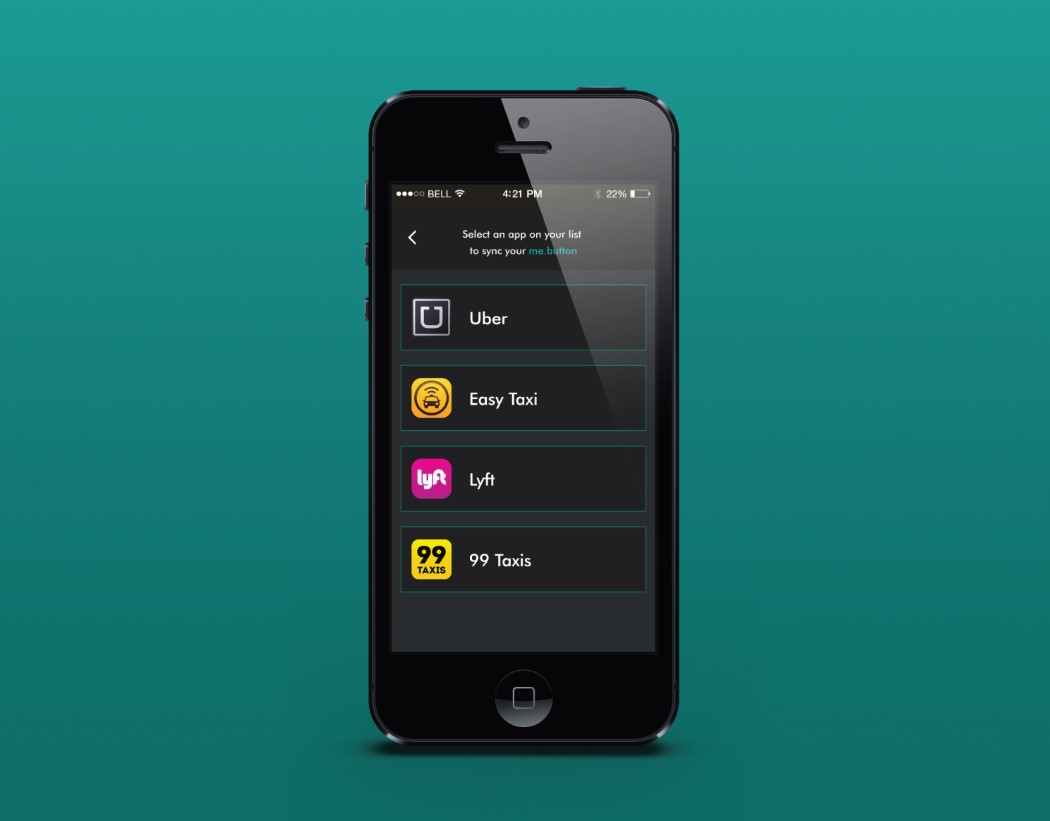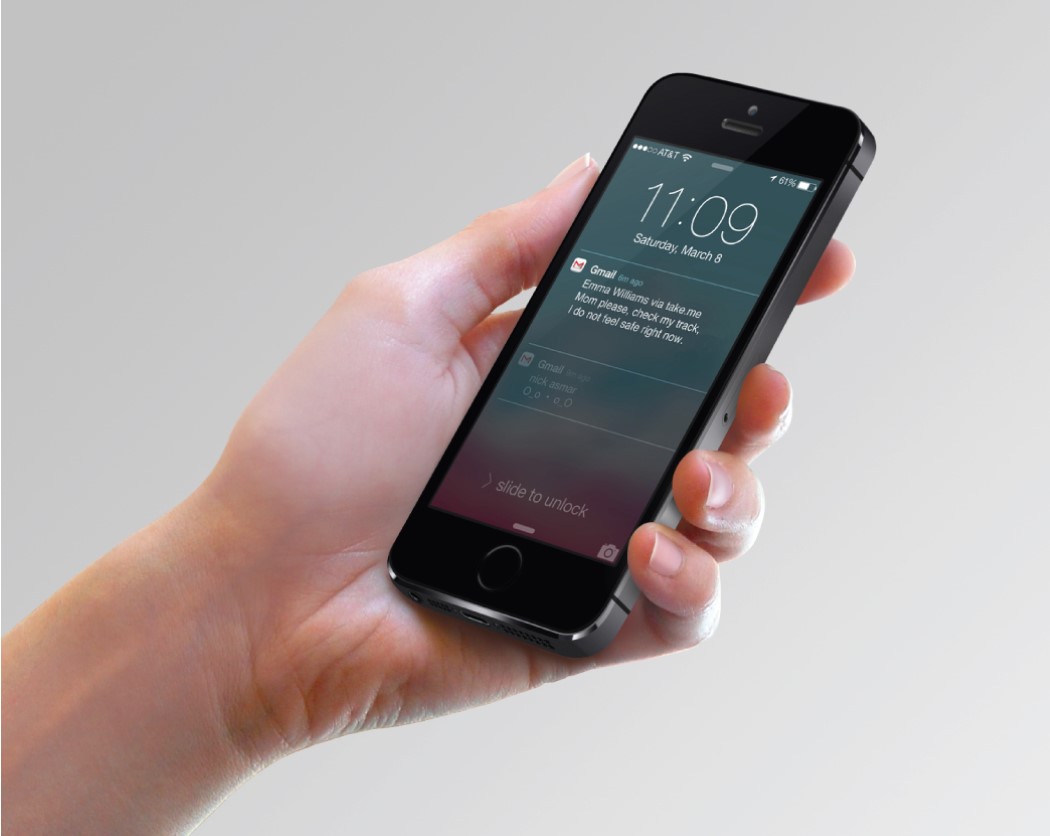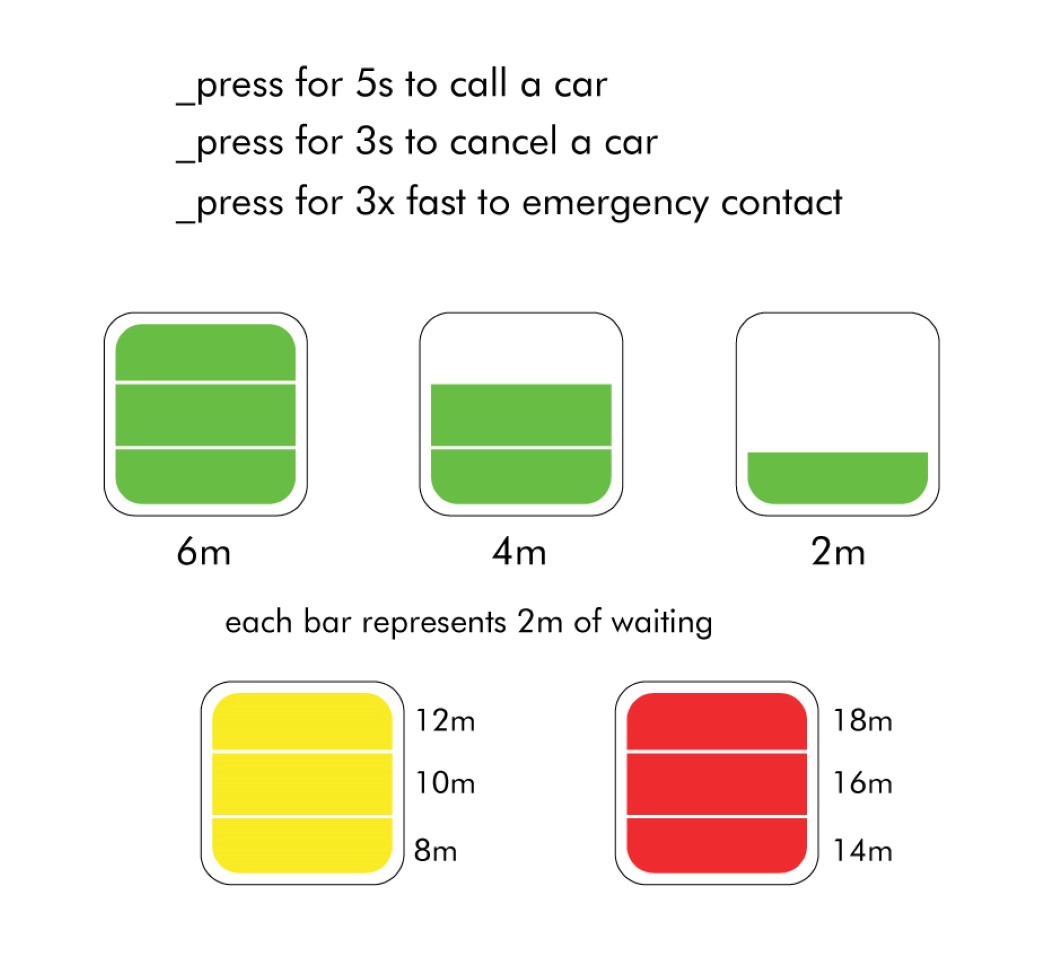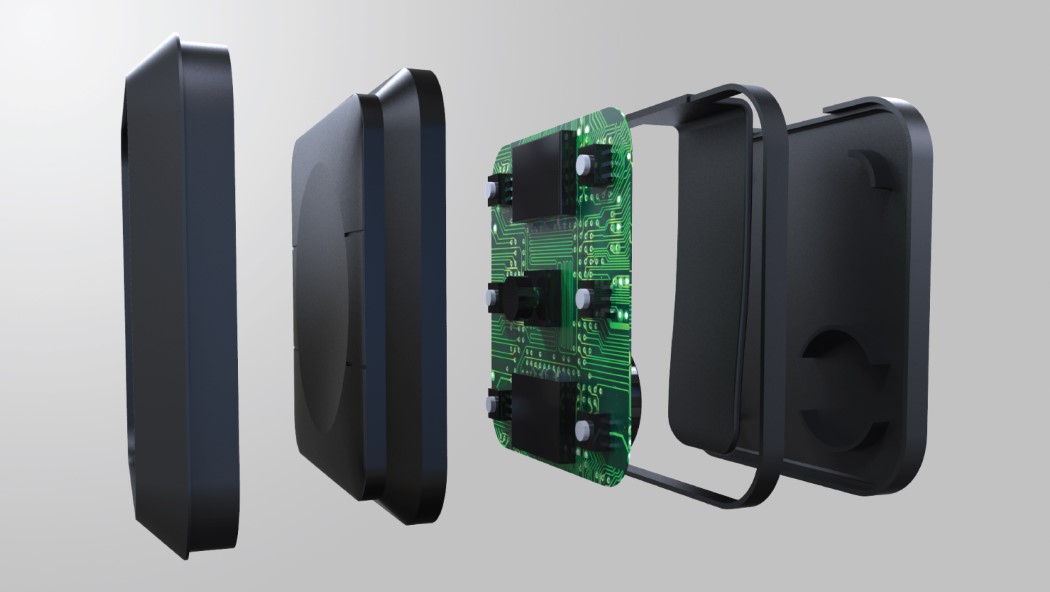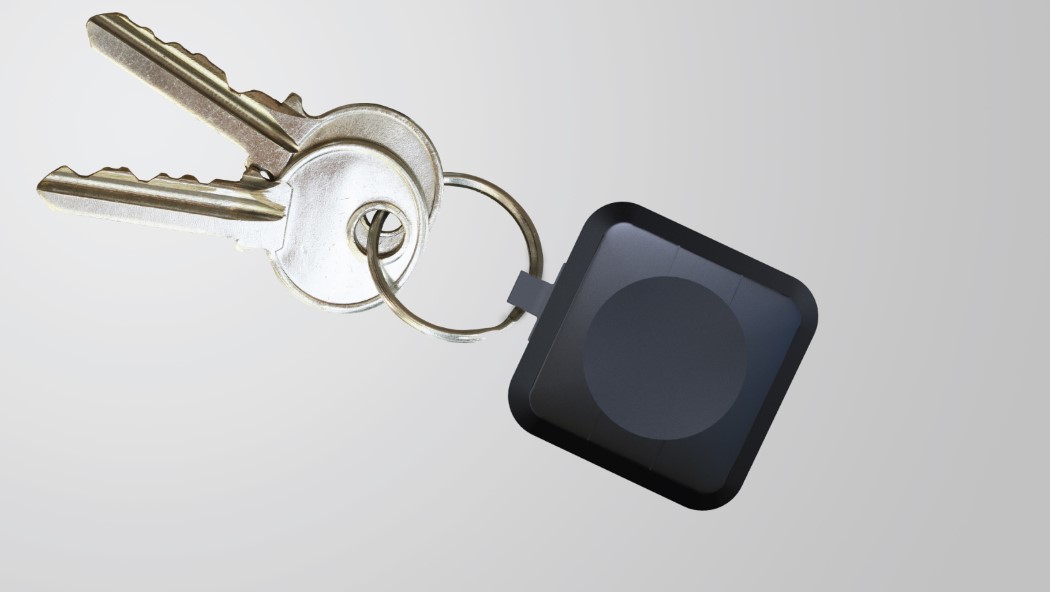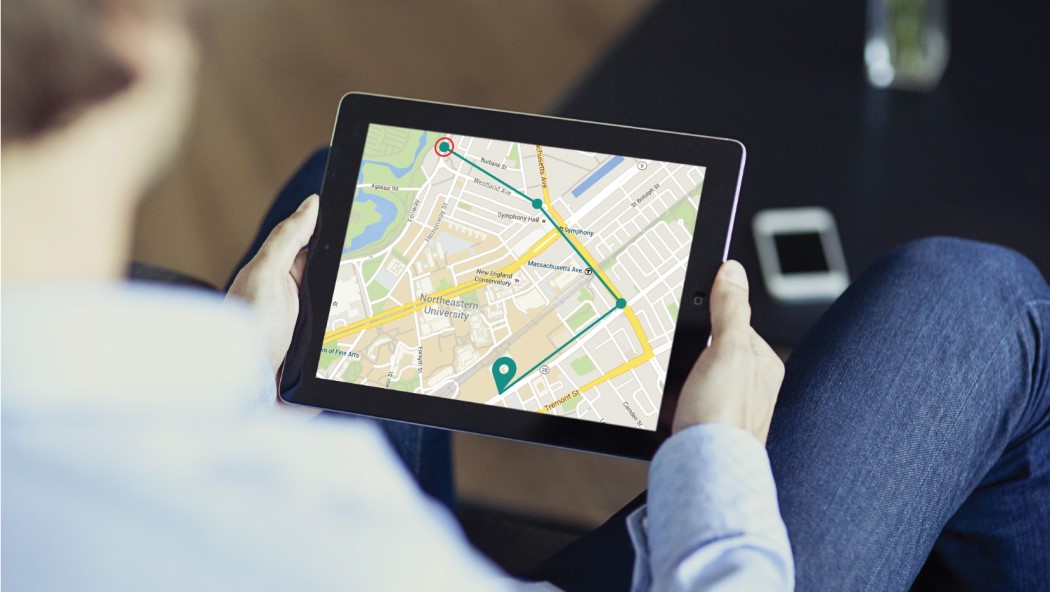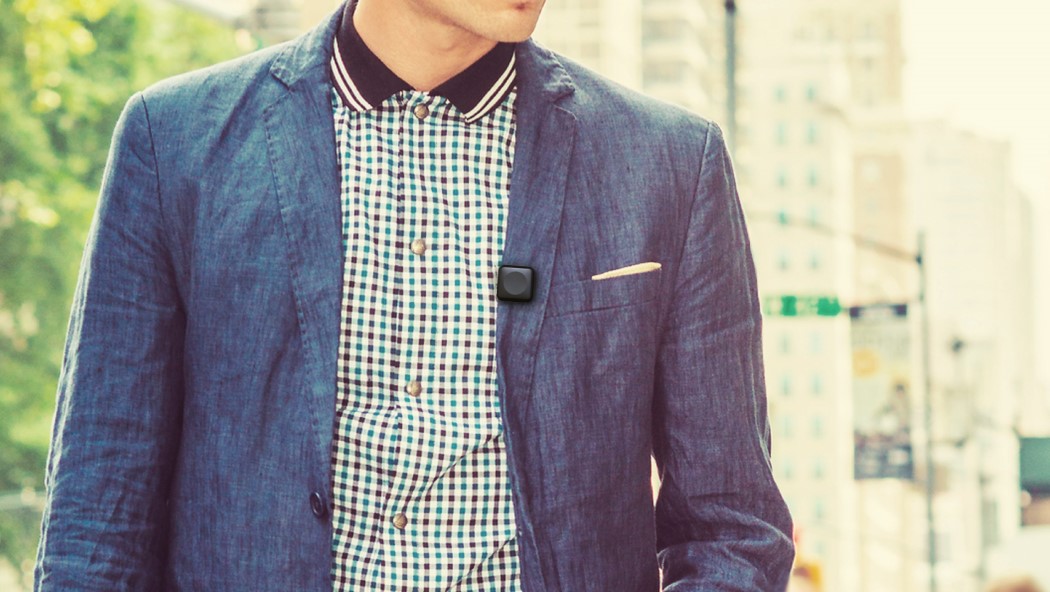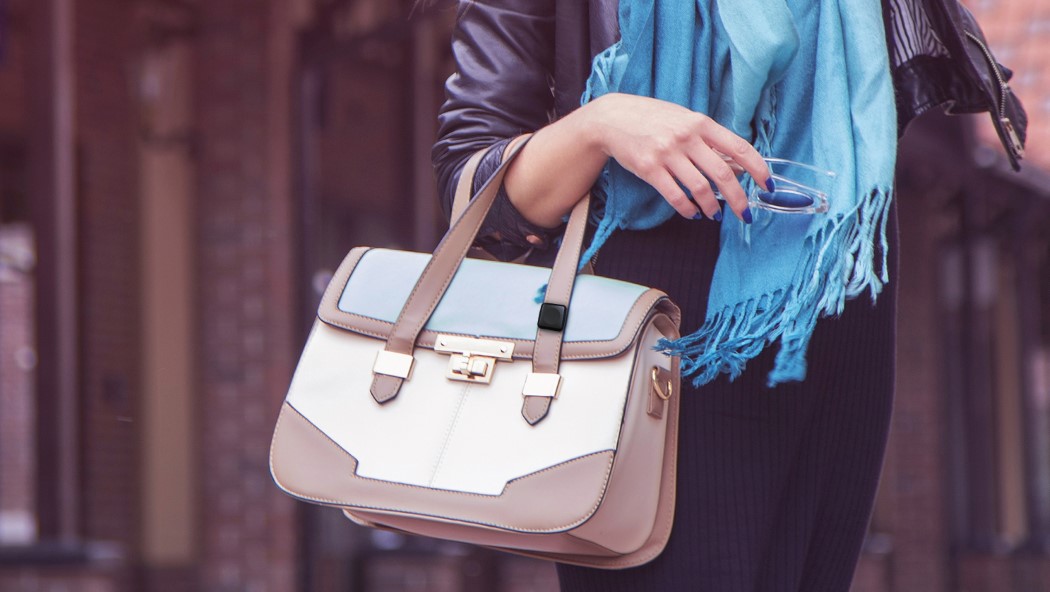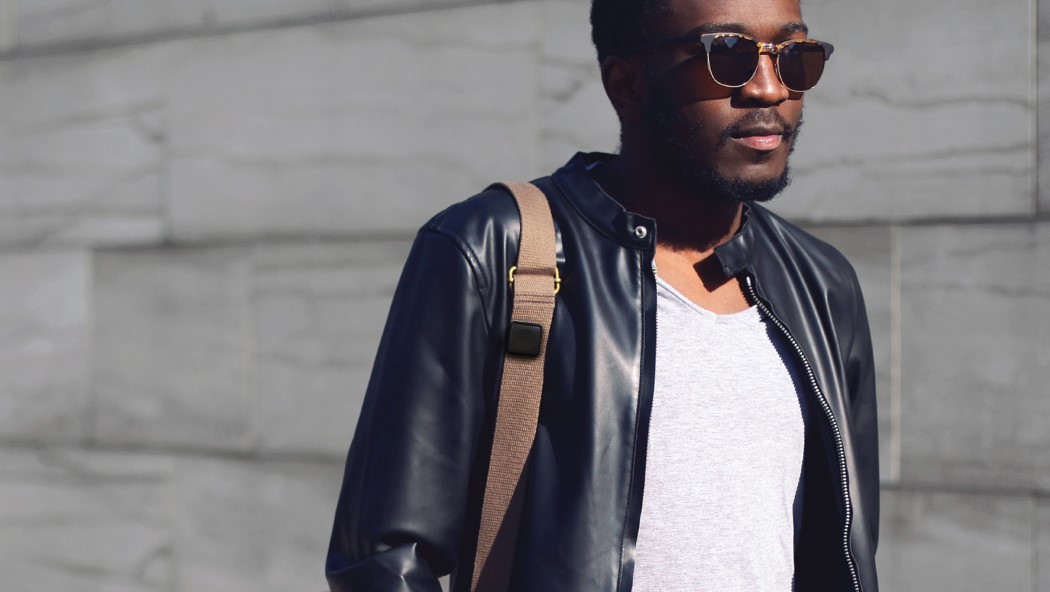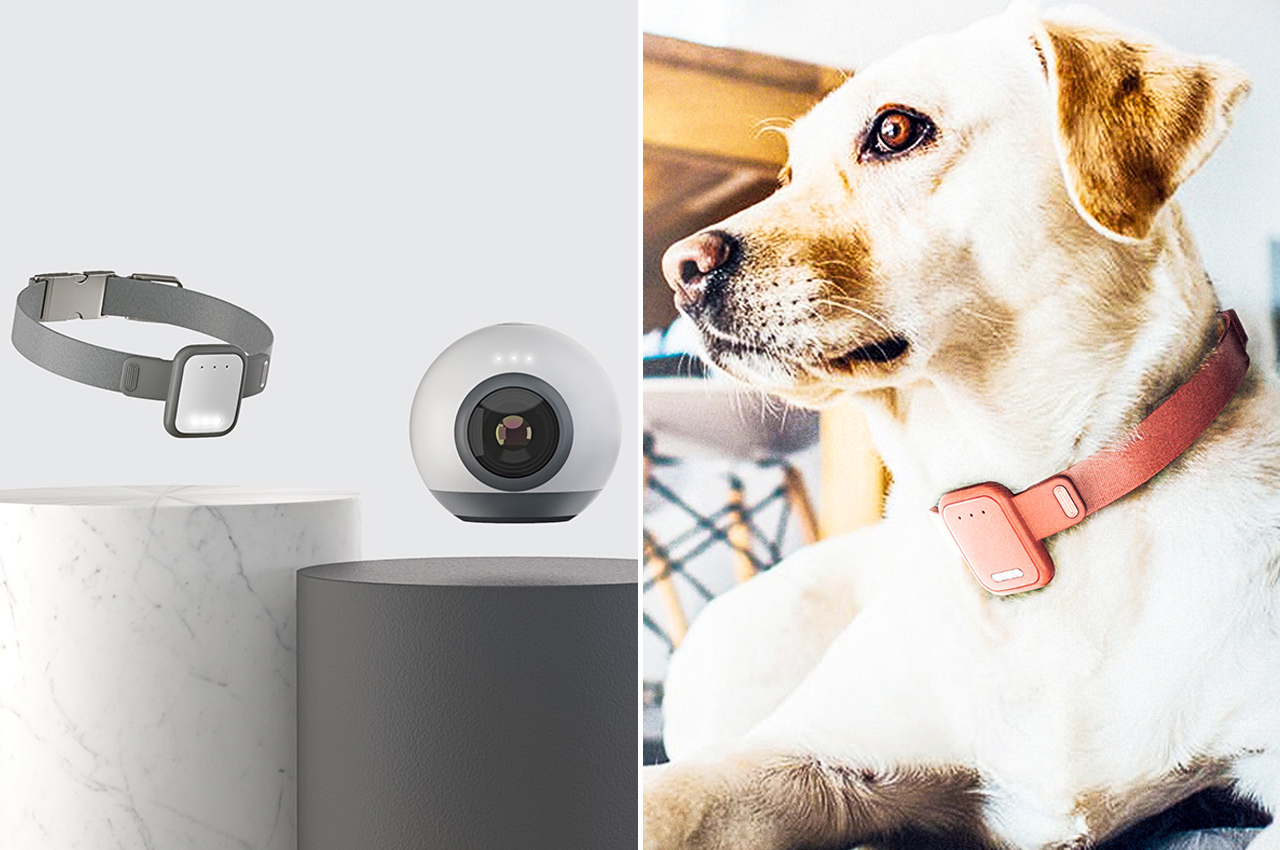
Named after the Spanish and Portuguese nickname for ‘amigo,’ which means ‘friend,’ Migo’s IoT system consists of four main components: a collar, camera/speaker, door sensor, and smart socket.
Let’s face it–our separation anxiety is just as bad as our dogs. Closing the front door on our crying dog is possibly harder than coming home to a shredded couch and floor filled with ripped-up foam cushioning. What happens at home when the dog’s left alone remains a mystery until our return and then we wish it stayed that way. Created by Norway-based designer Lucas Couto, Migo is a kit of IoT devices that leans on smart technology to provide remote interaction between dogs and their owners while they’re away.
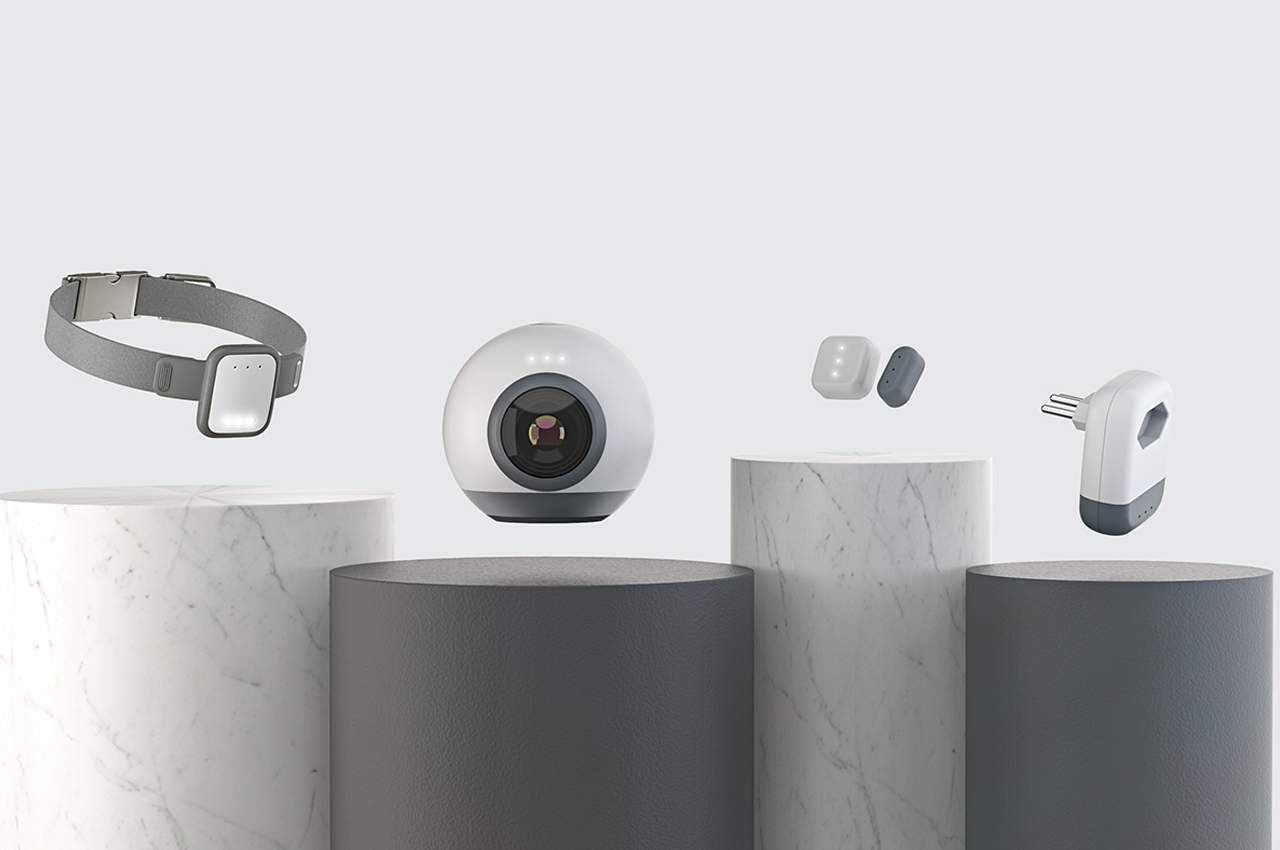
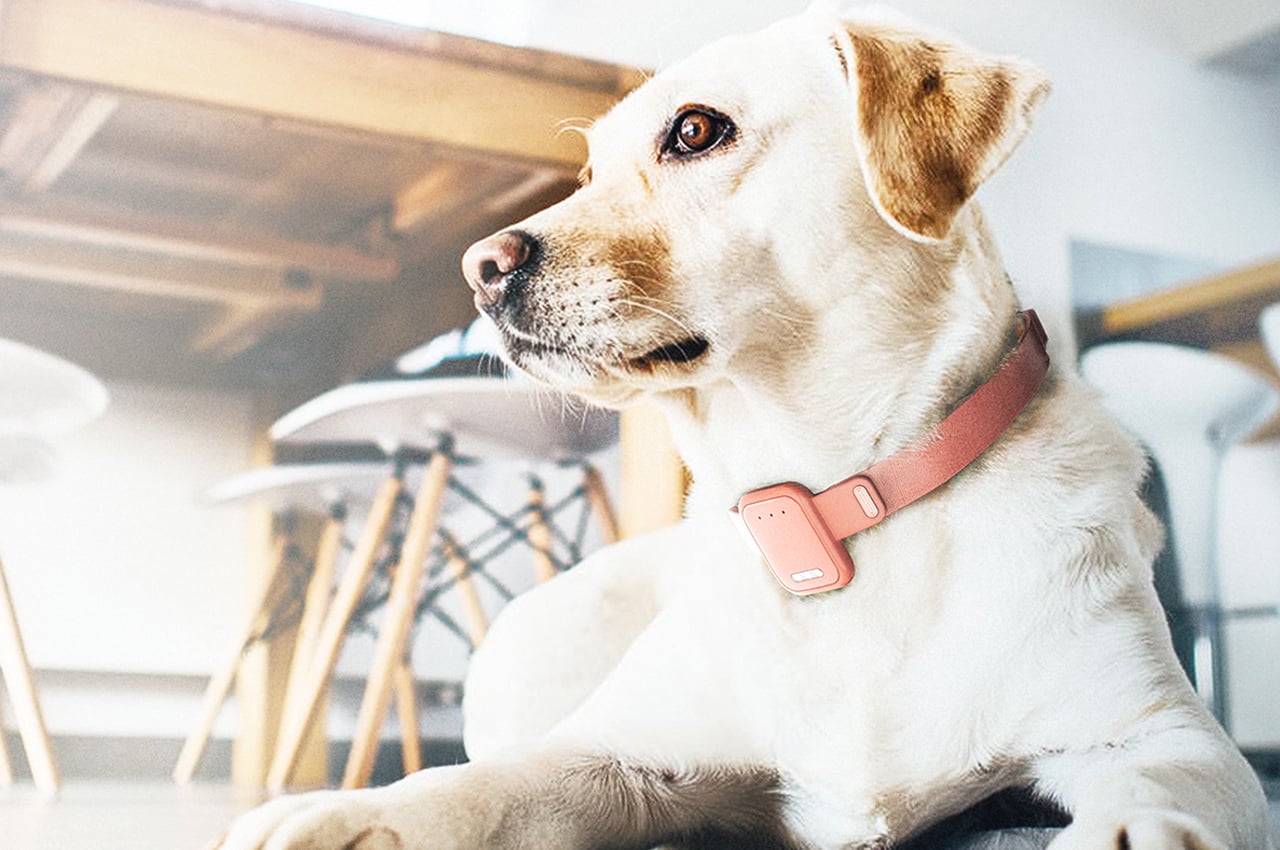

Migo is short for ‘amigo,’ which means ‘friend’ in Spanish. Each component of Migo communicates and connects to one another via Bluetooth, which allows for remote interaction between dogs and their owners. The system’s main appeal is the collar since it comes equipped with a tracking system, temperature sensor, heart rate monitor, audio output, and an LED flashlight. Owners can also have all eyes on their dog at home through the camera unit that functions as a traditional surveillance camera. The camera even comes with a speaker so that owners can speak to their dogs whenever anxiety levels seem to rise.
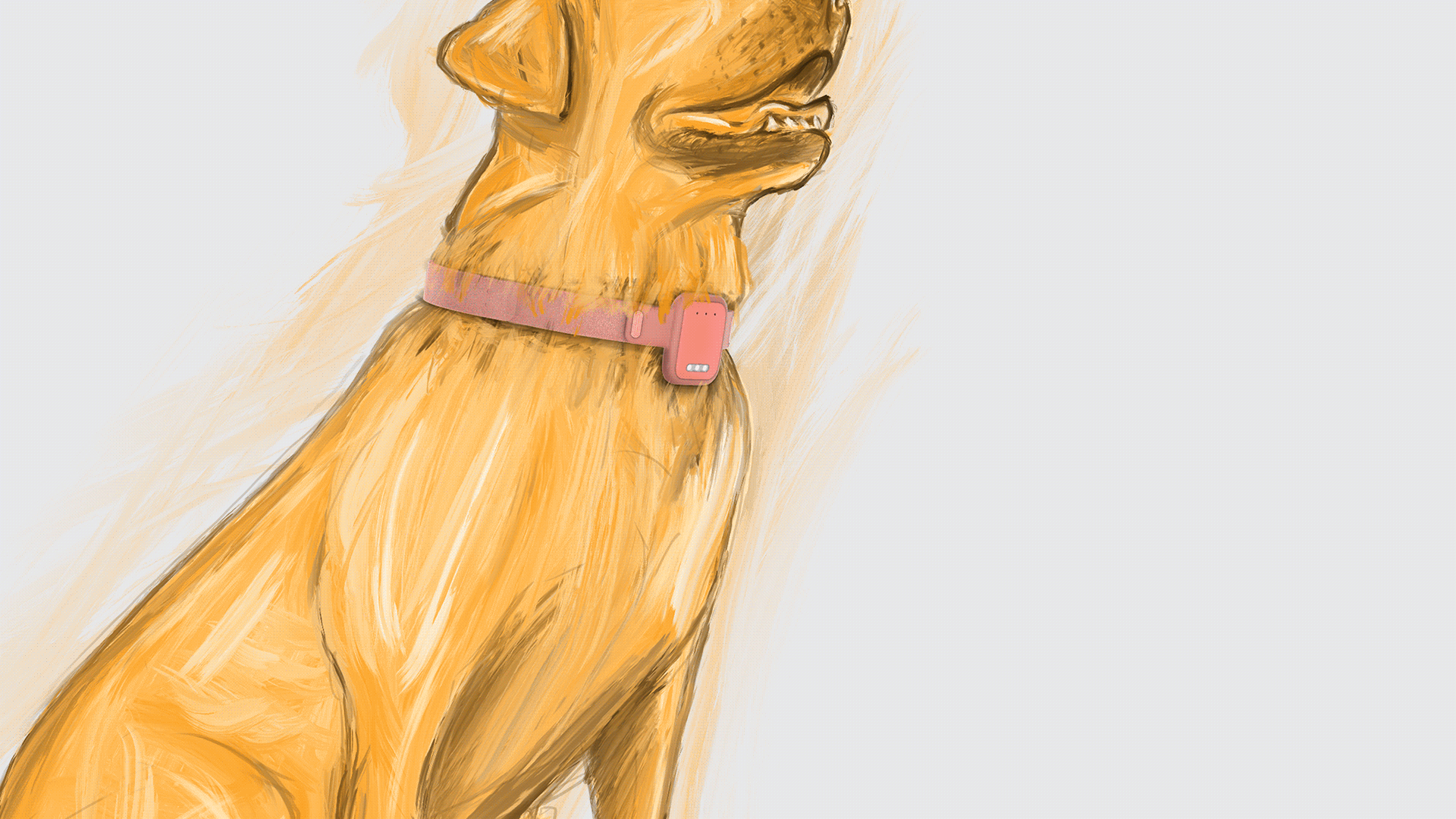
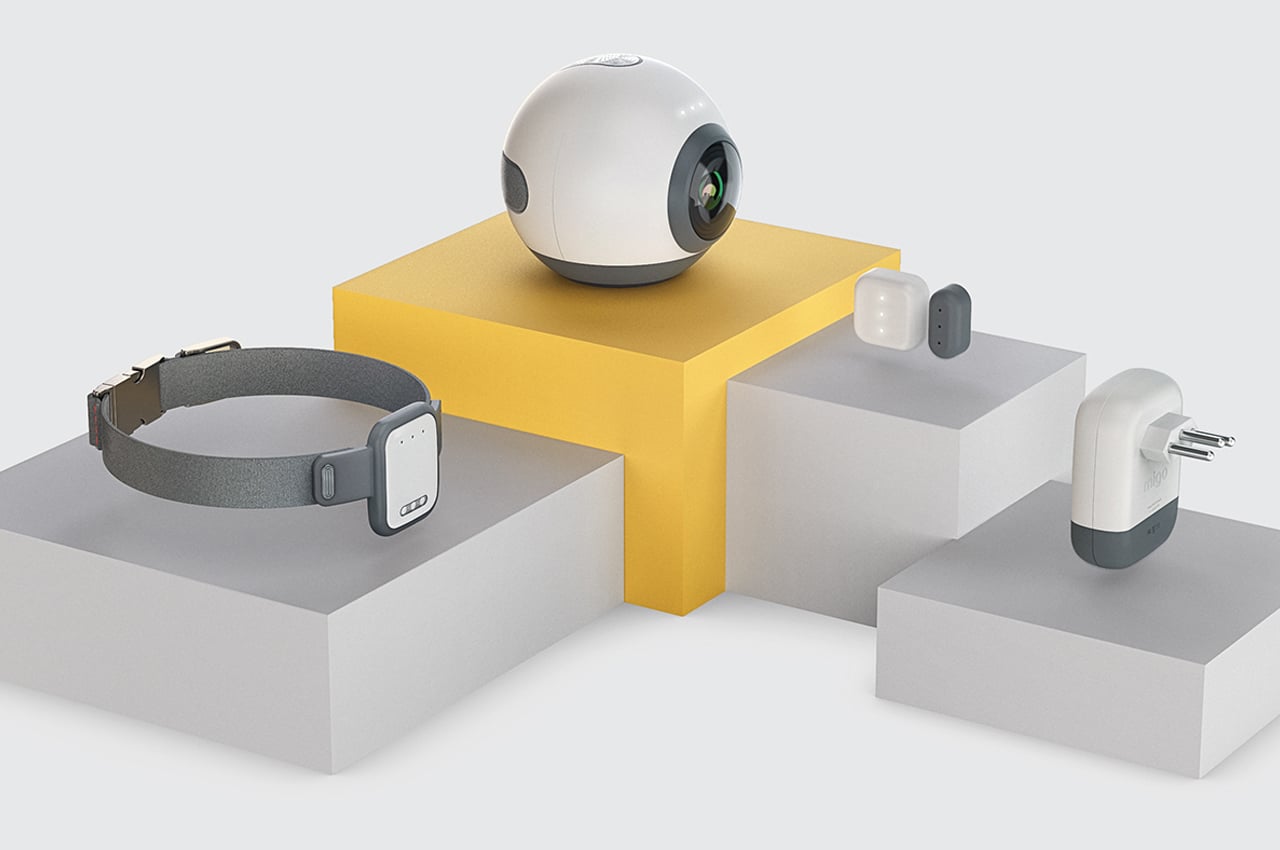
As soon as owners leave through their front door, Migo’s door sensor instantly sends a signal to another IoT device to turn it on and distract the dog. For example, once the door is opened and then closed, Migo sends a signal to the television to distract the dog. The chief component, however, would probably be the smart socket. The smart socket has audio output capabilities and receives signals from all the other devices to turn them on or off. The owner can keep tabs on their dog’s every movement from the convenience of an accompanying app that allows owners to watch and interact with their pups from anywhere.
Designer: Lucas Couto
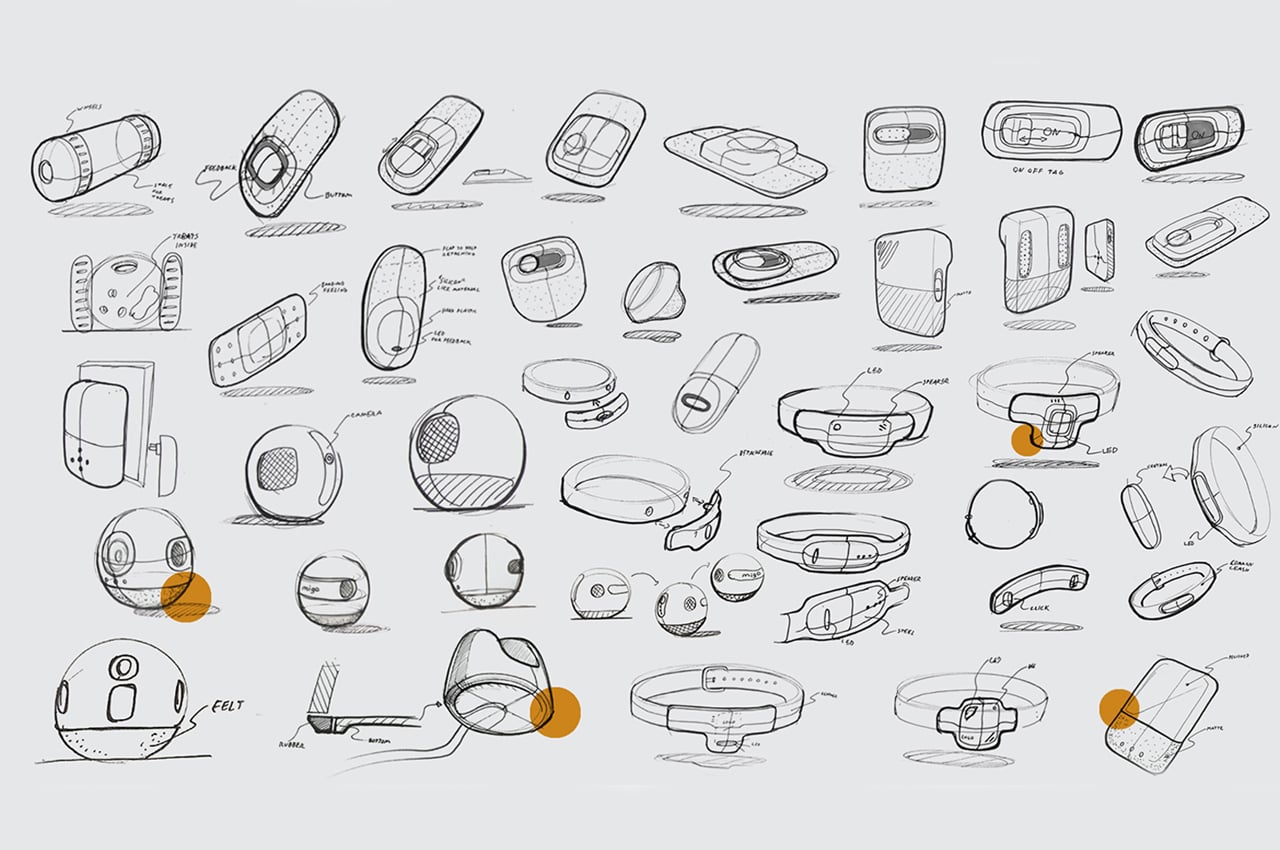
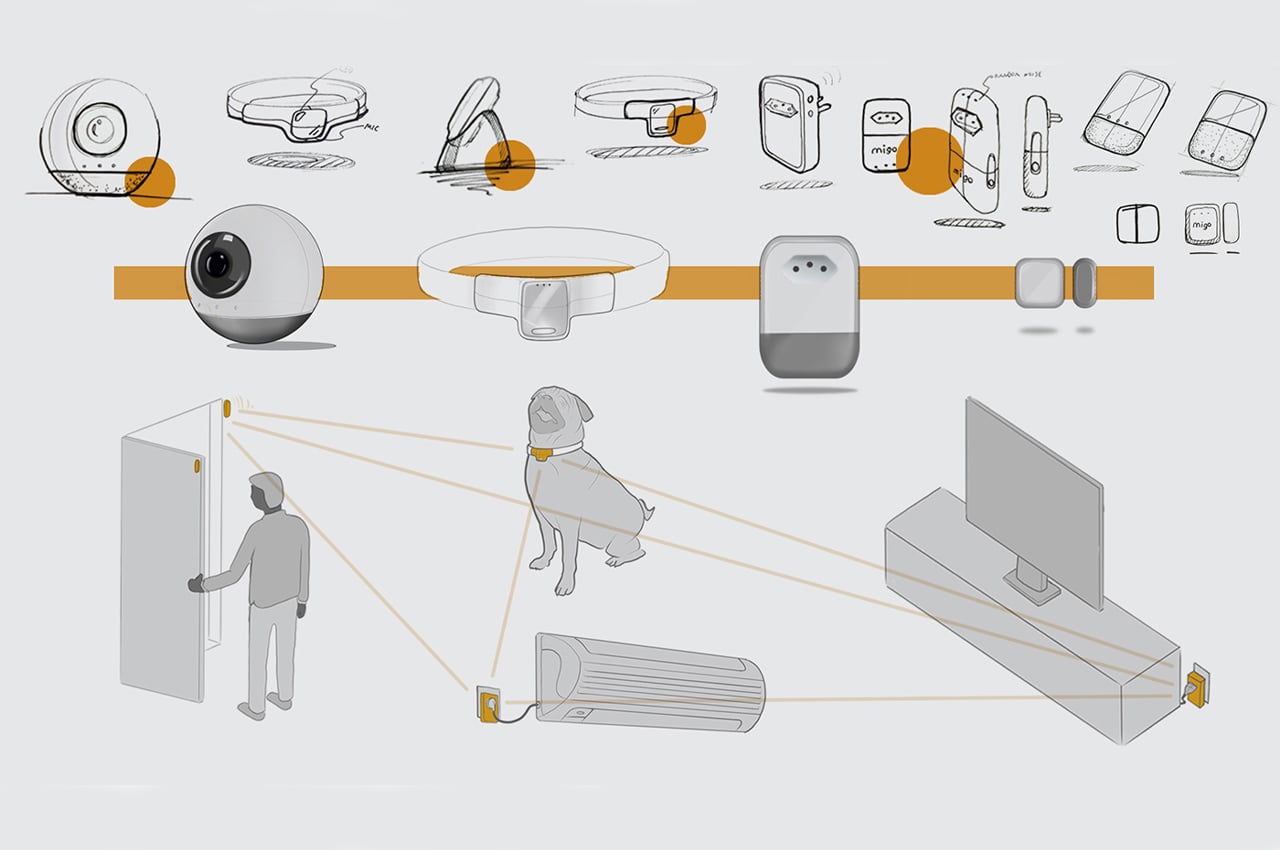
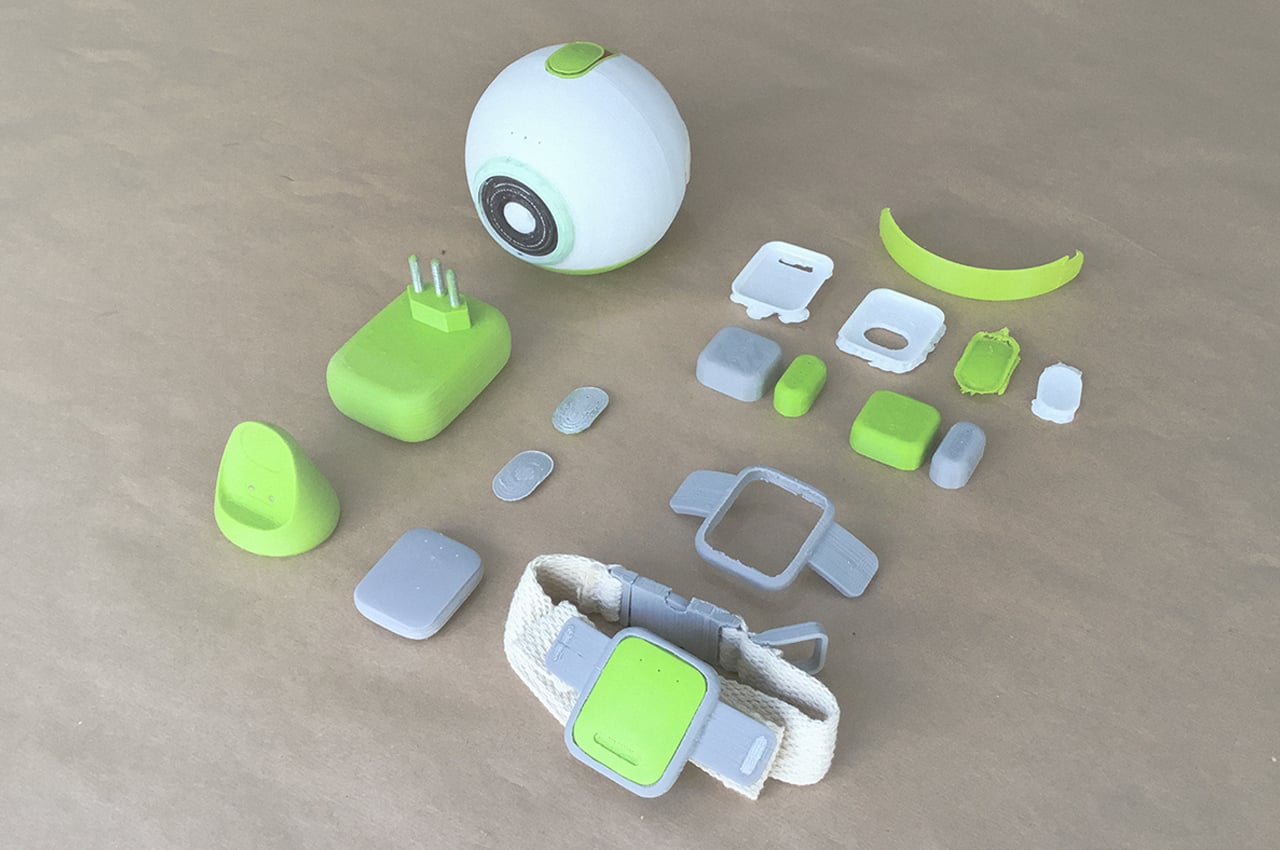
The IoT system of smart devices is easy to assemble and comfortable for your dog to wear. Migo consists of four main components: a tracking collar, camera/speaker, smart socket, and door sensor. The devices have an inconspicuous design so they can be placed anywhere throughout the house.
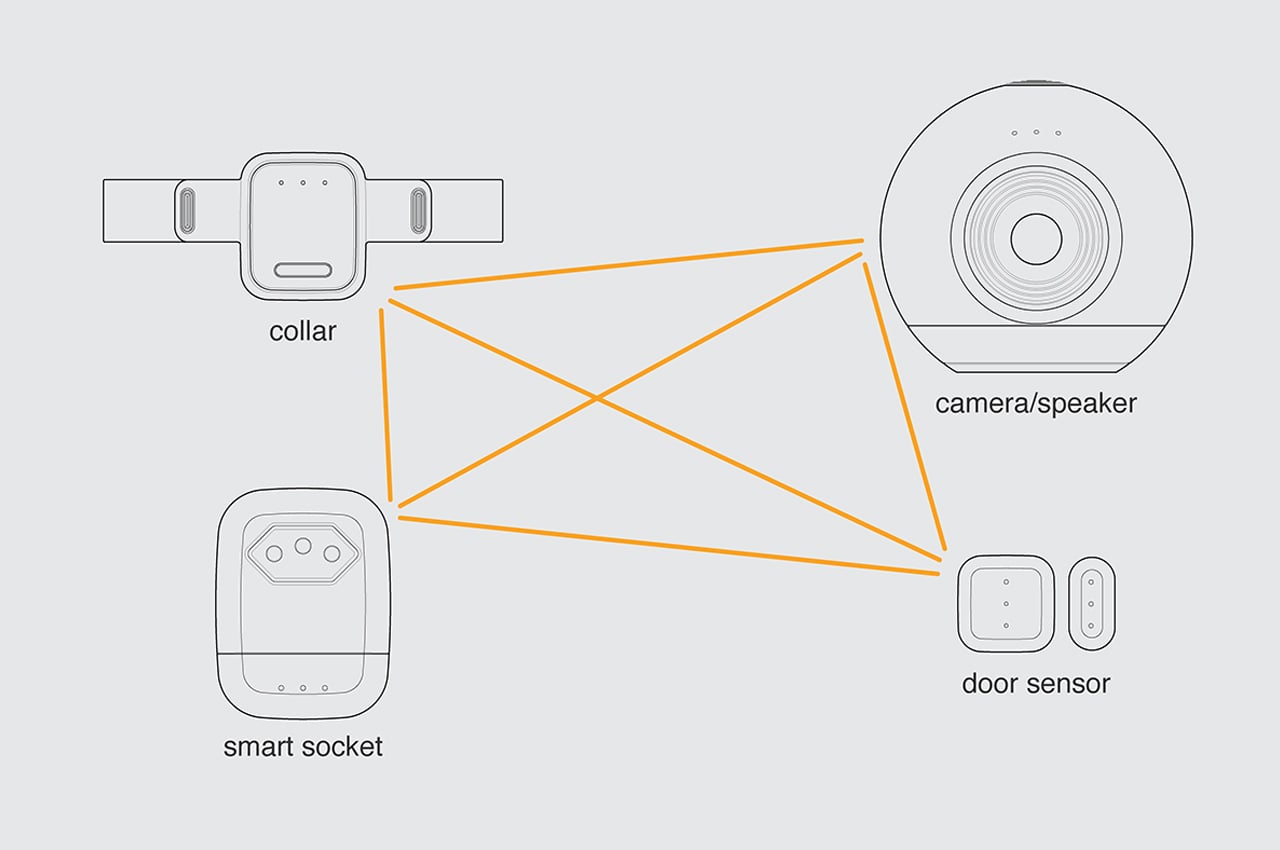
Each component of Migo communicates via Bluetooth connectivity.

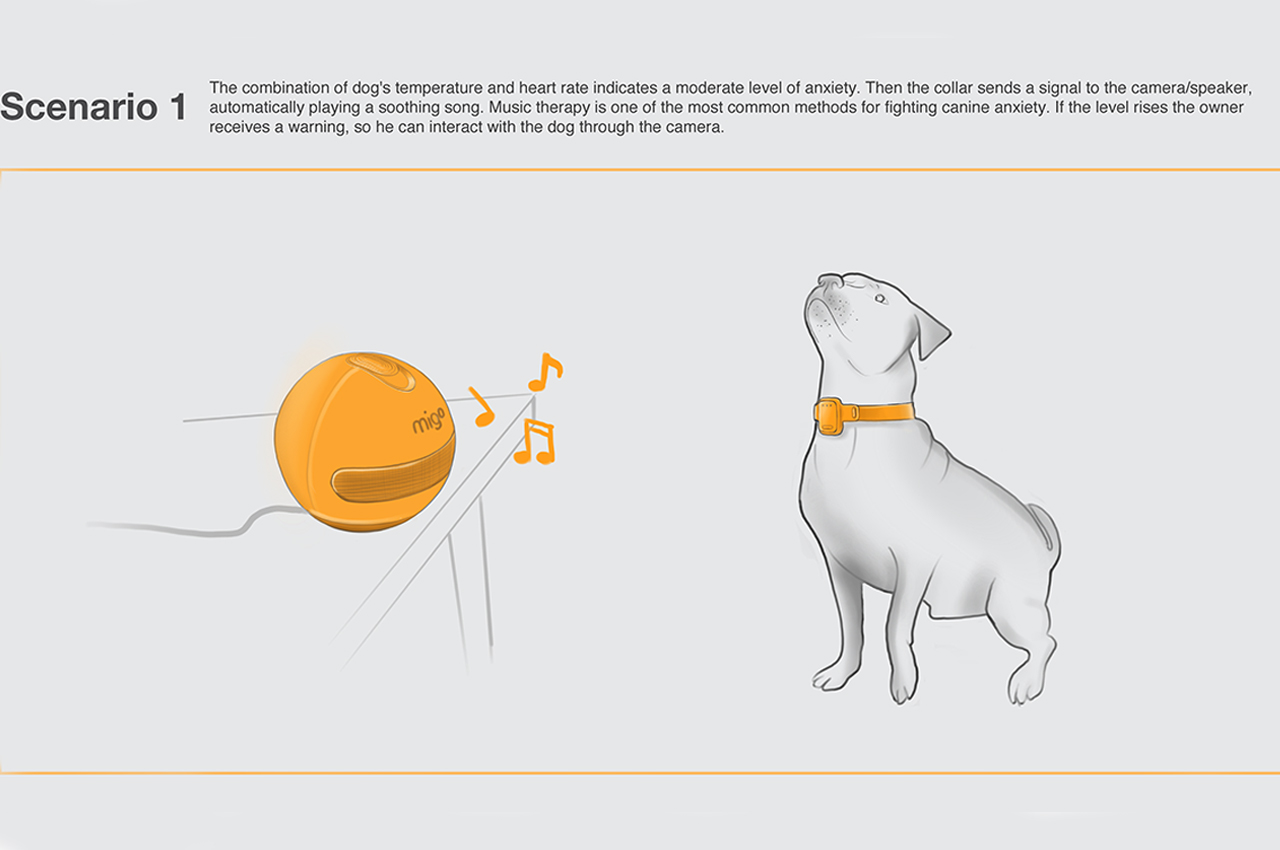
Owners can remotely control Migo’s appliances from anywhere, so when your pup feels anxious, a calming song can be broadcasted through the camera speakers.
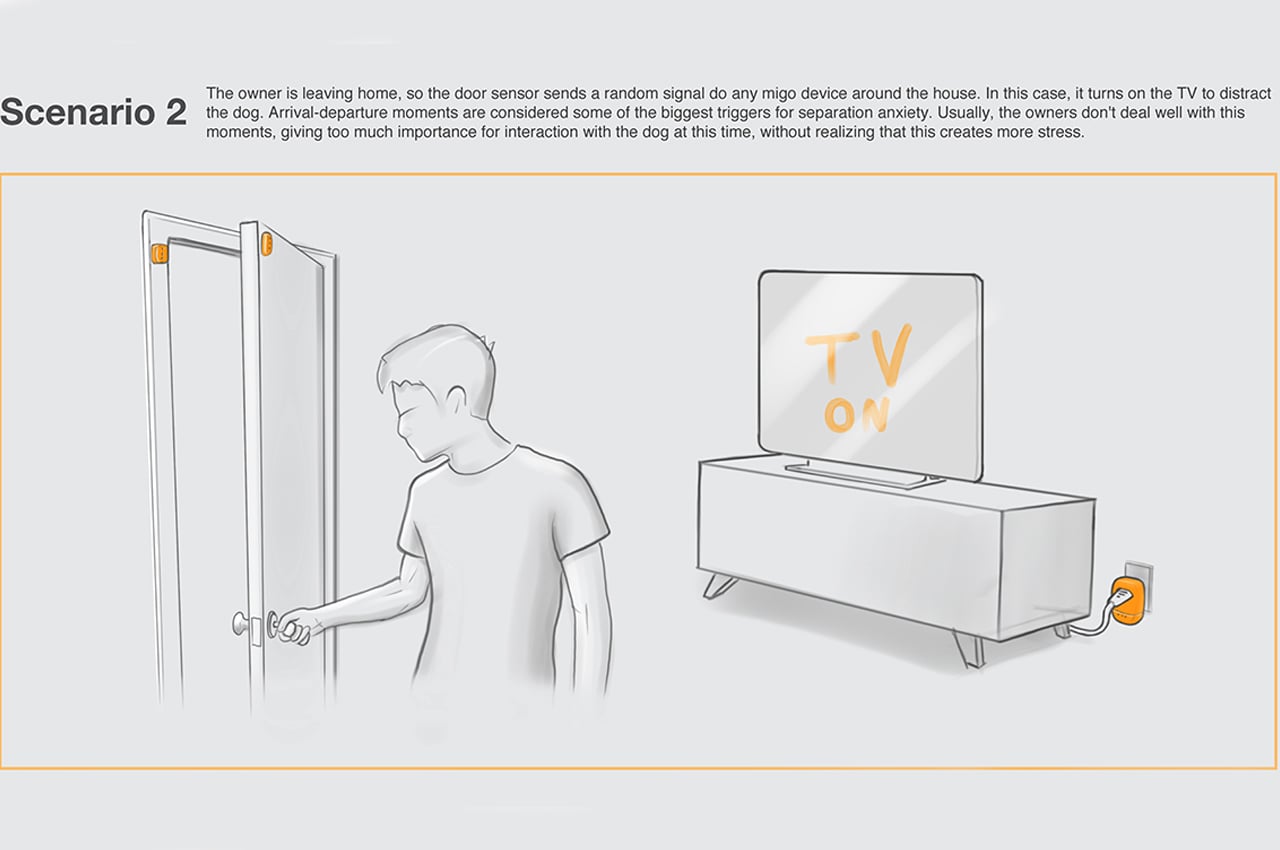
As soon as the owner closes the front door, Migo sends a signal to the television to turn on and distract your pup from separation.
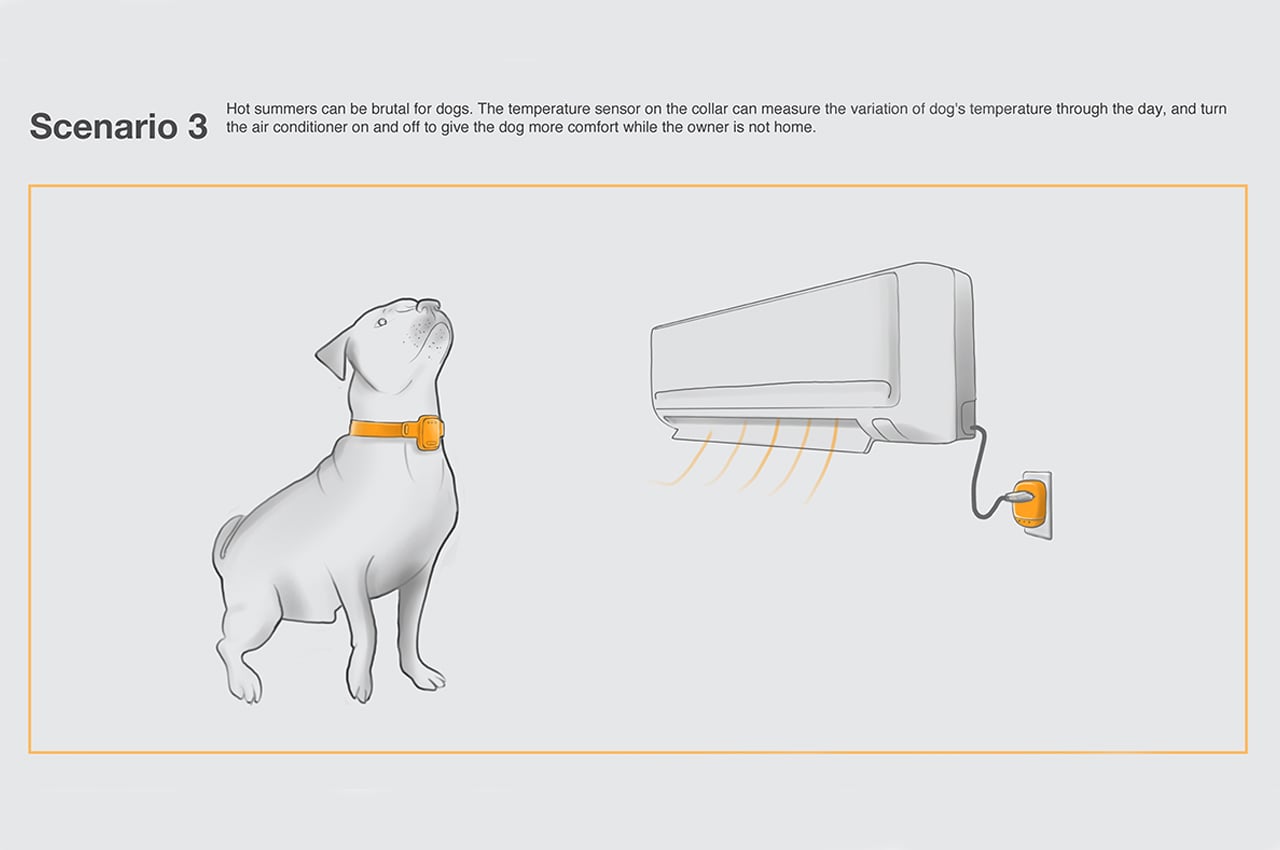
With built-in temperature sensors, the collar can remotely activate AC units to ensure your dog is always comfortable.
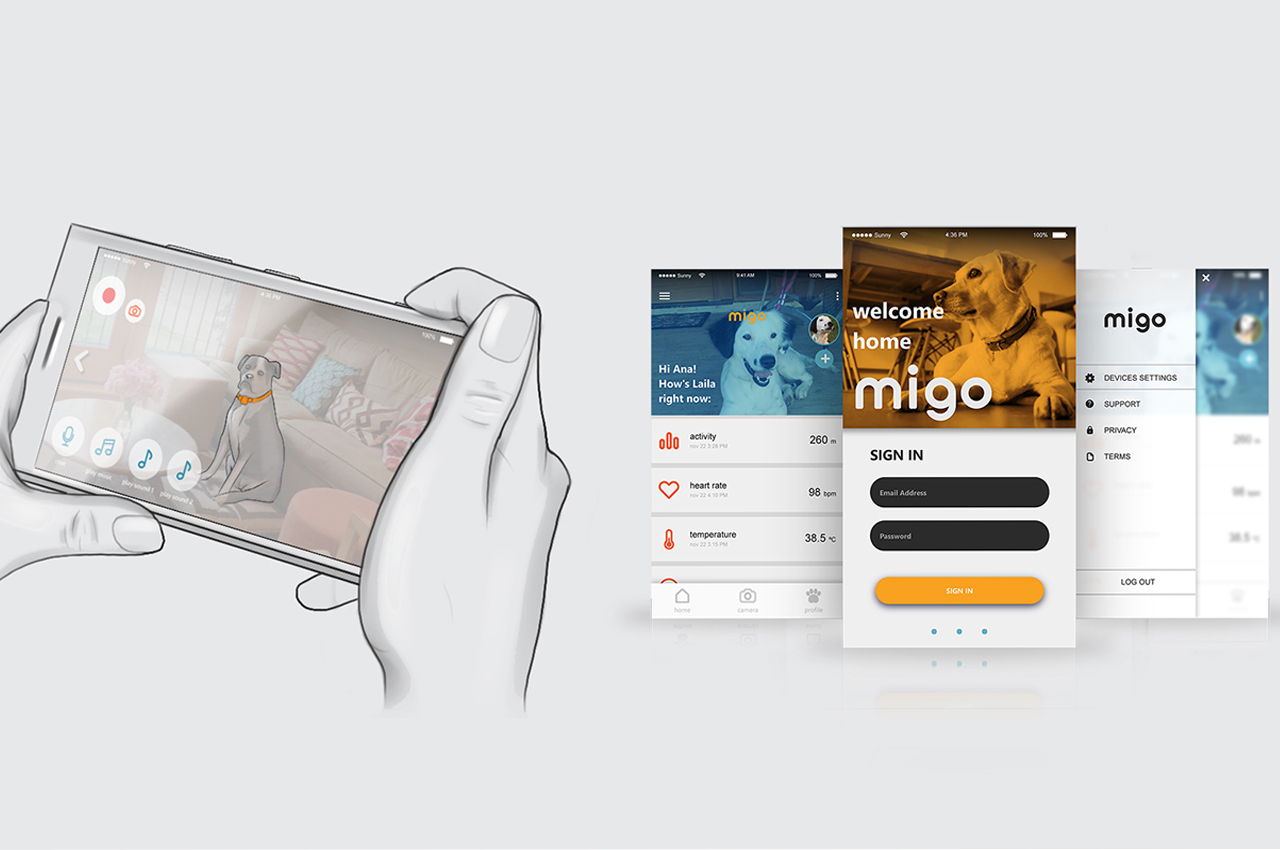
Owners are able to interact with each component of Migo while using the system’s accompanying app.
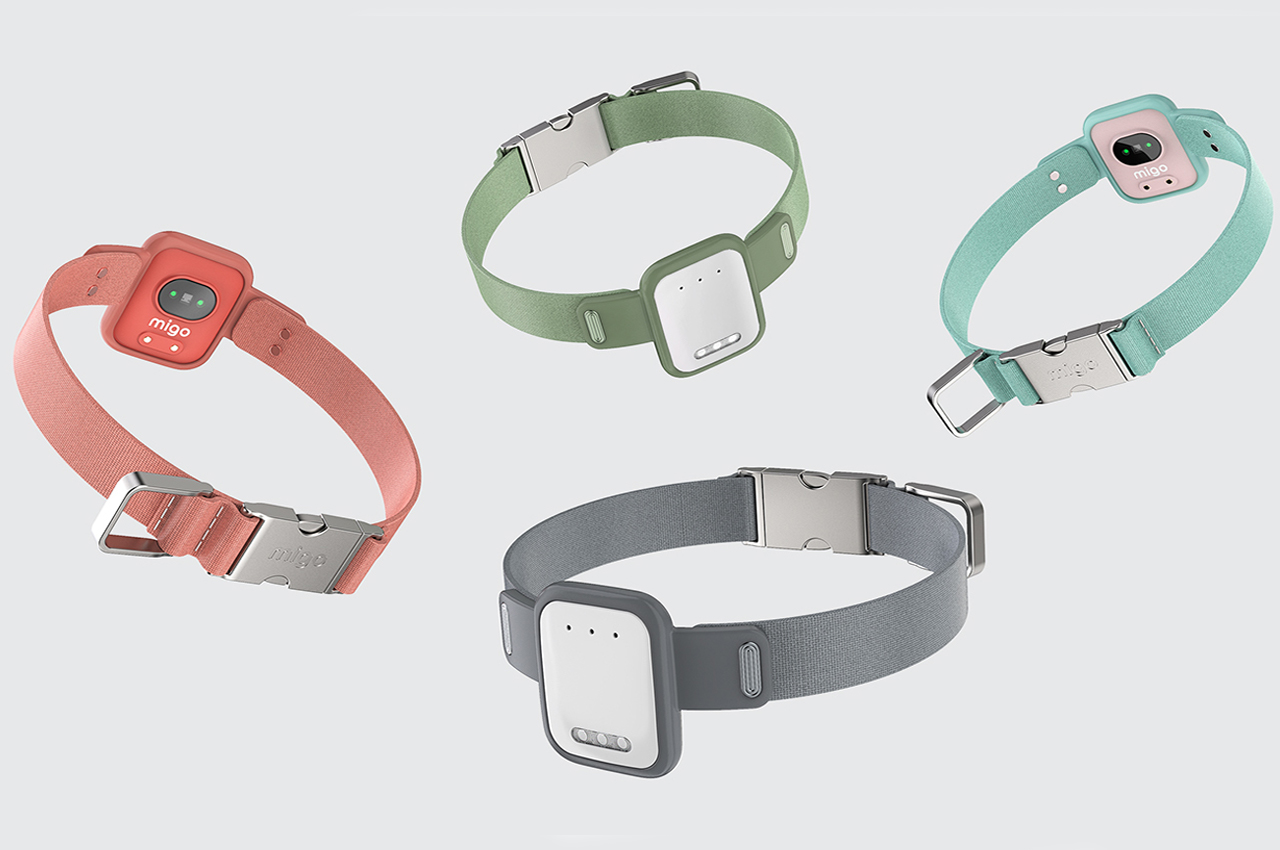
Migo’s smart collars come in an array of different colors to match your pup’s personality.
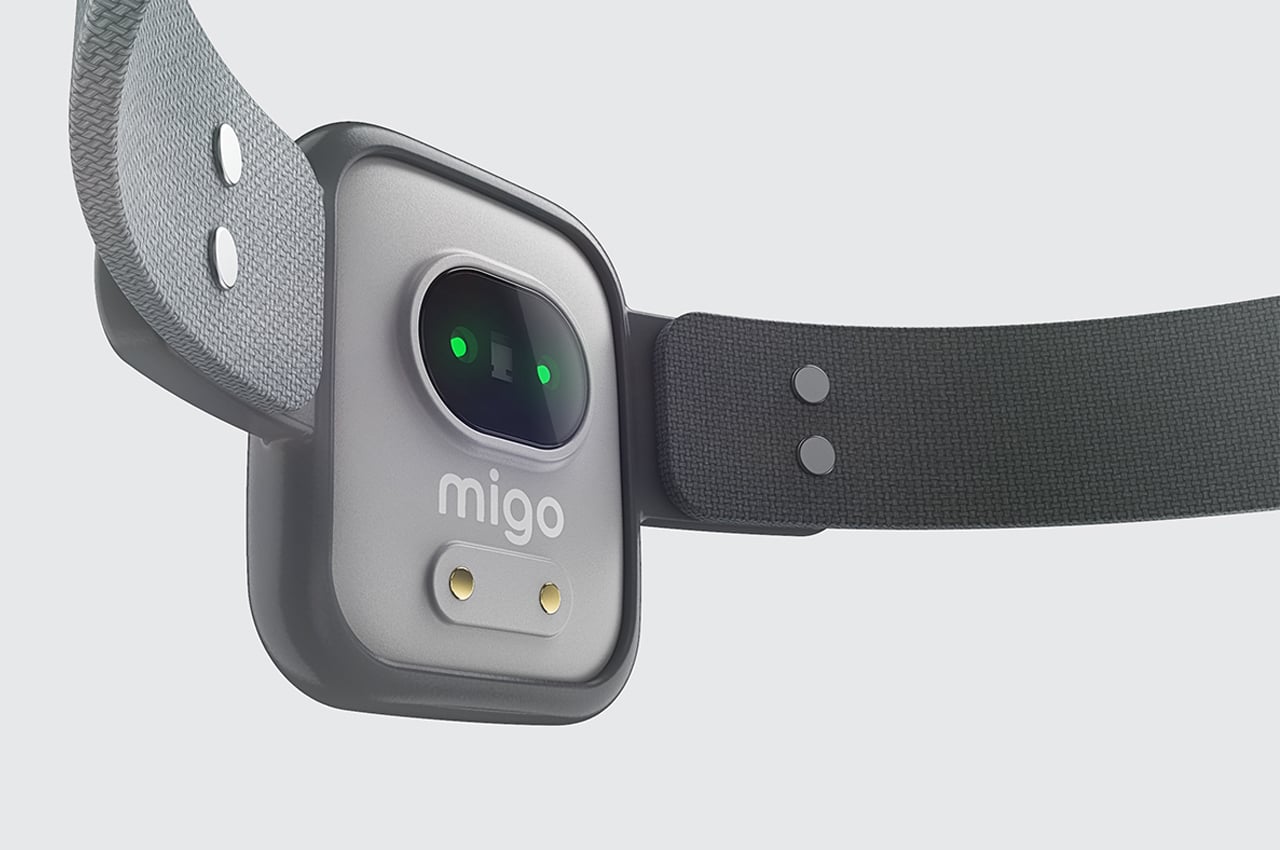
Embedded heart rate monitors also come with the smart collar to keep track of your dog’s anxiety levels. The tracking collar comes equipped with an LED flashlight that can either be manually or remotely controlled.
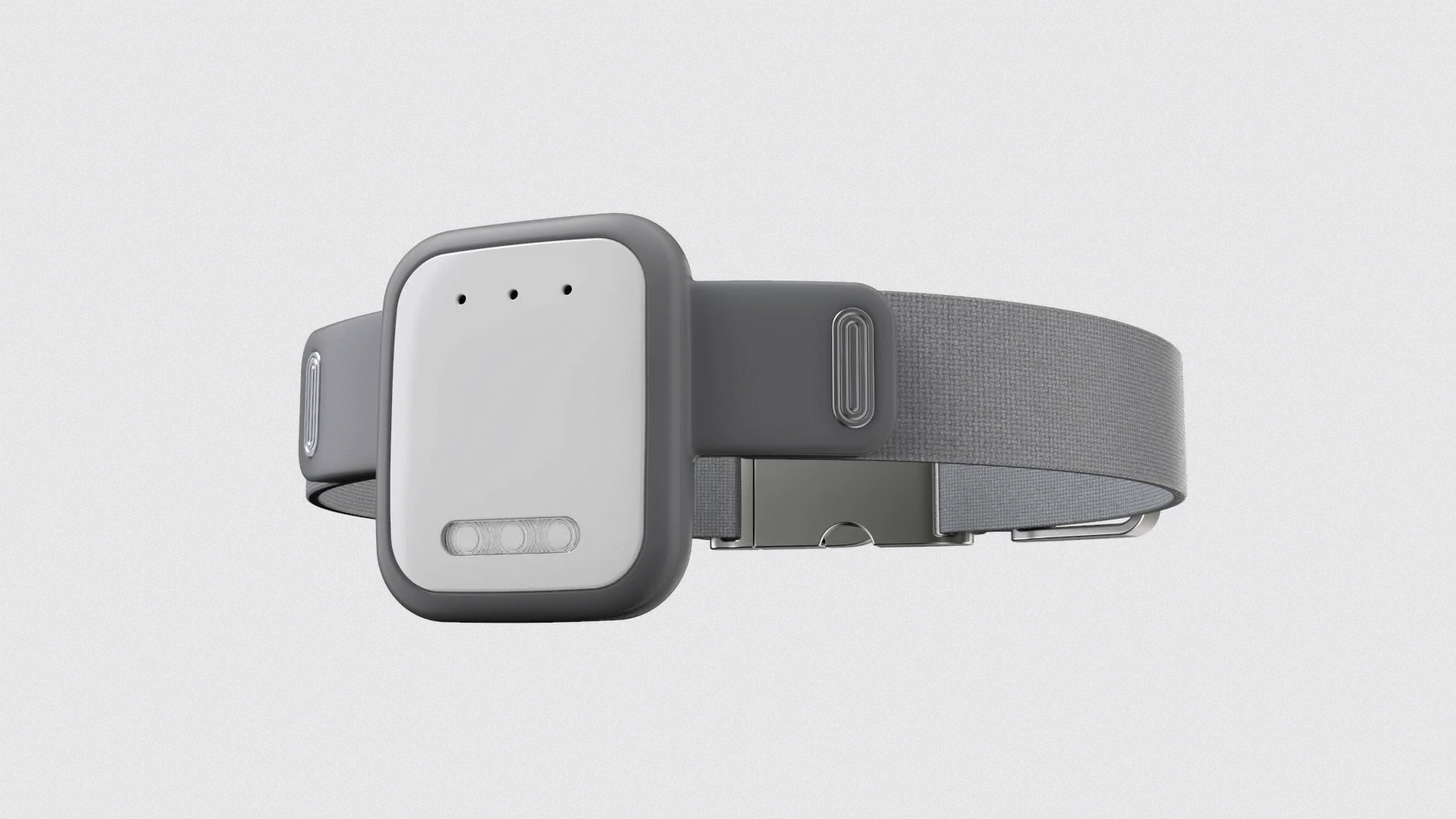
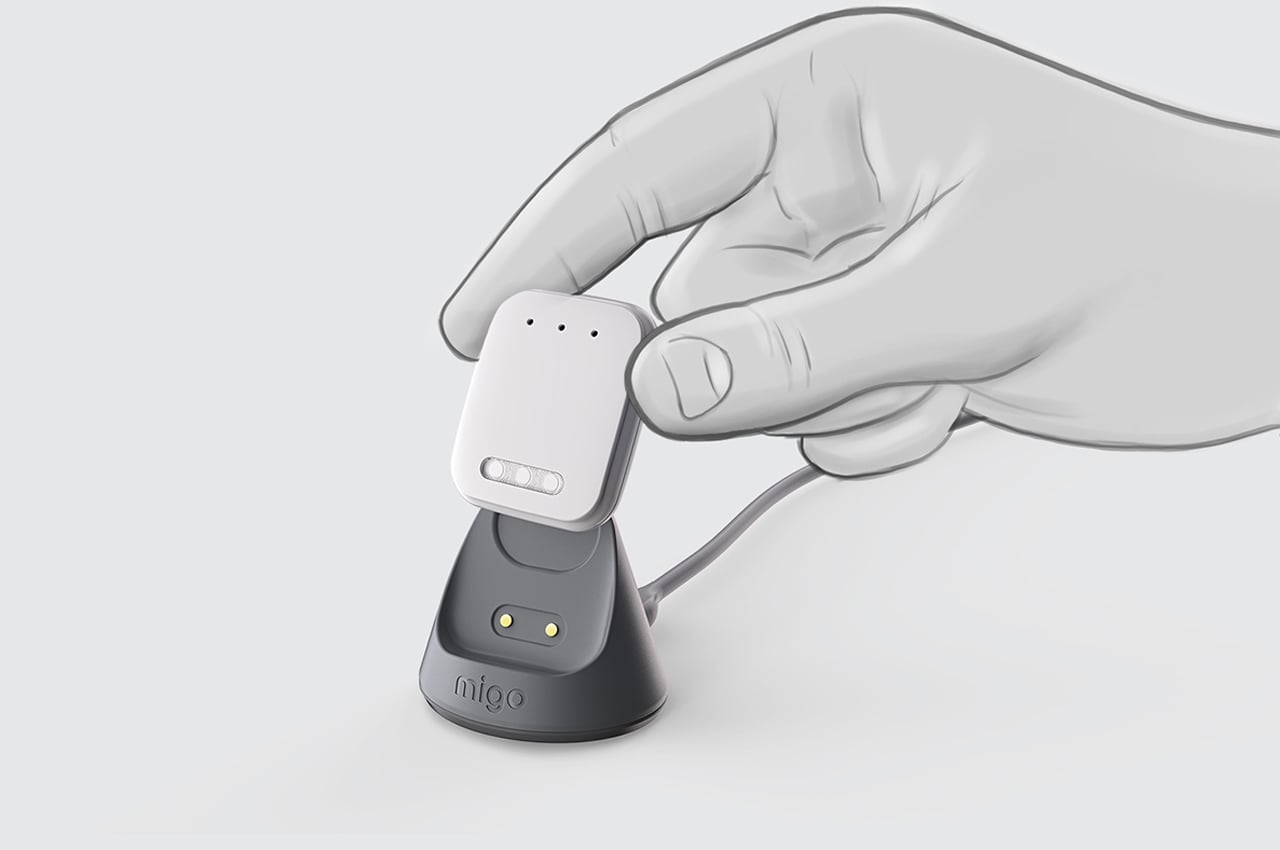
Owners can remove the smart aspect of the tracking collar to charge it between use.
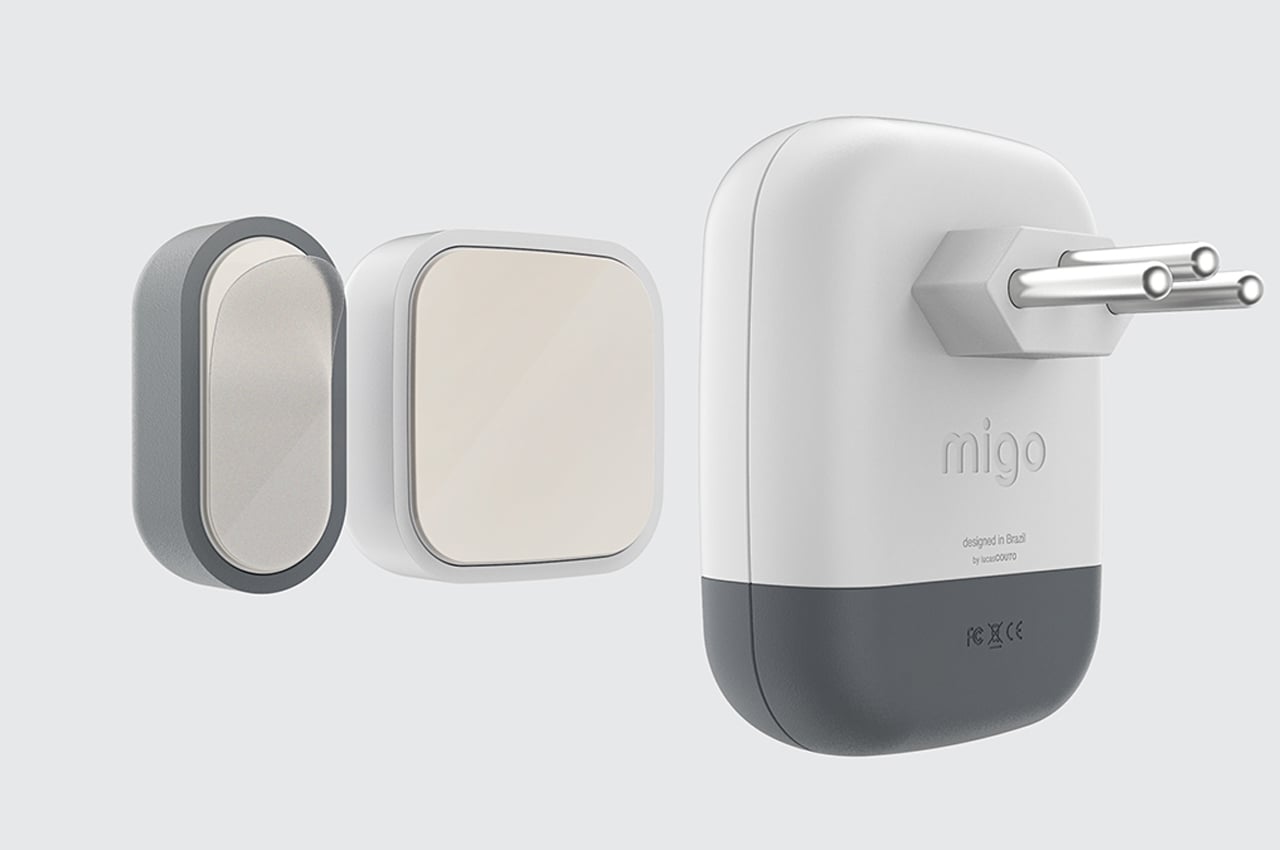
The smart socket works as the chief operator for Migo, controlling and receiving signals from every other IoT device.
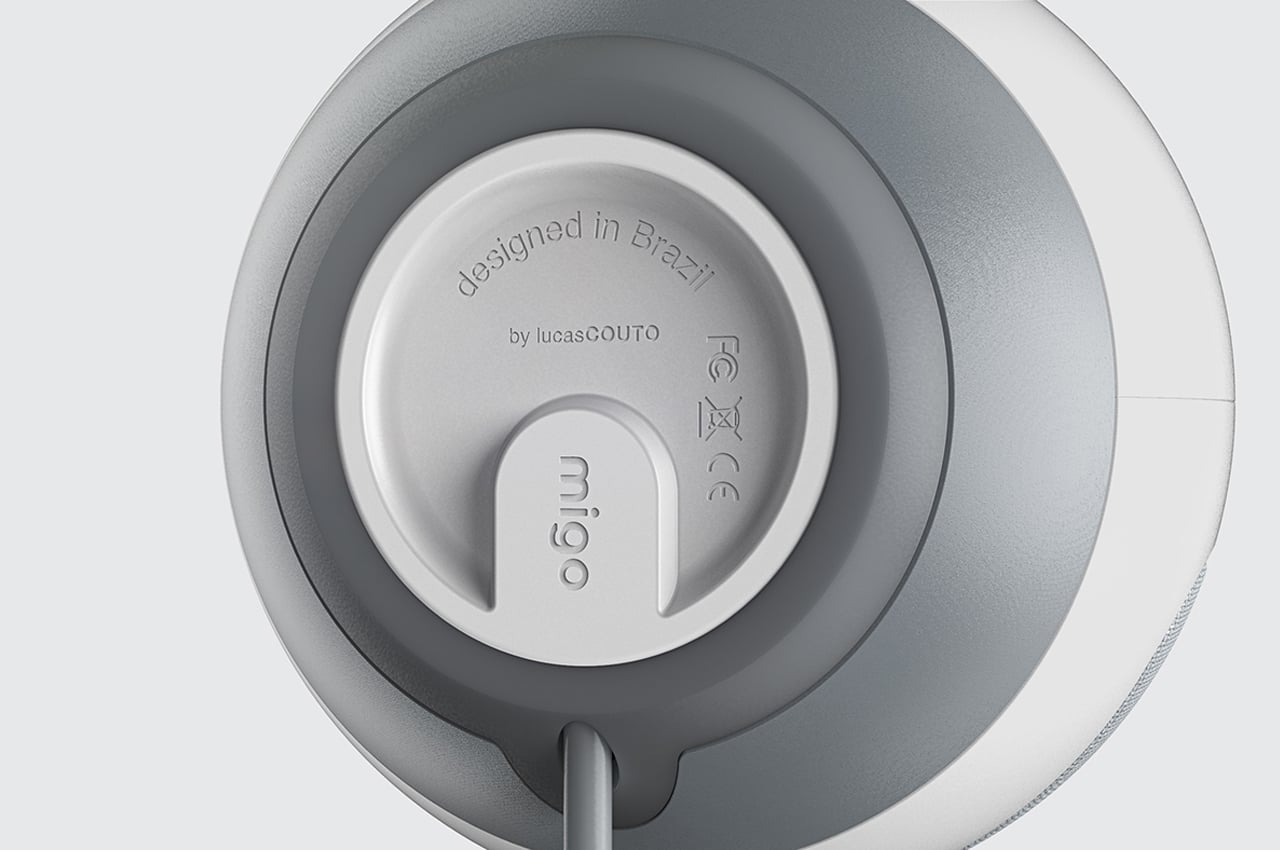
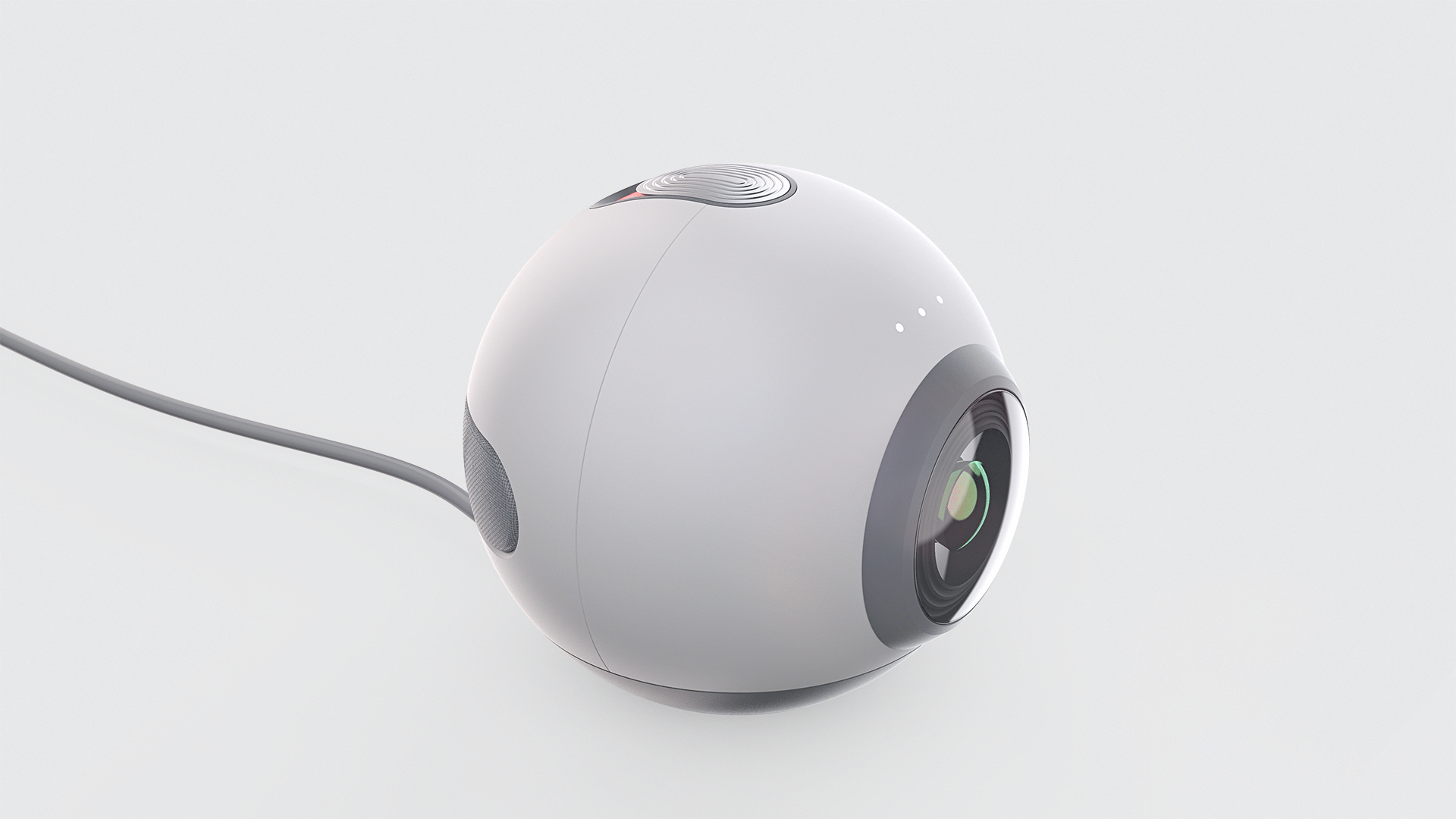
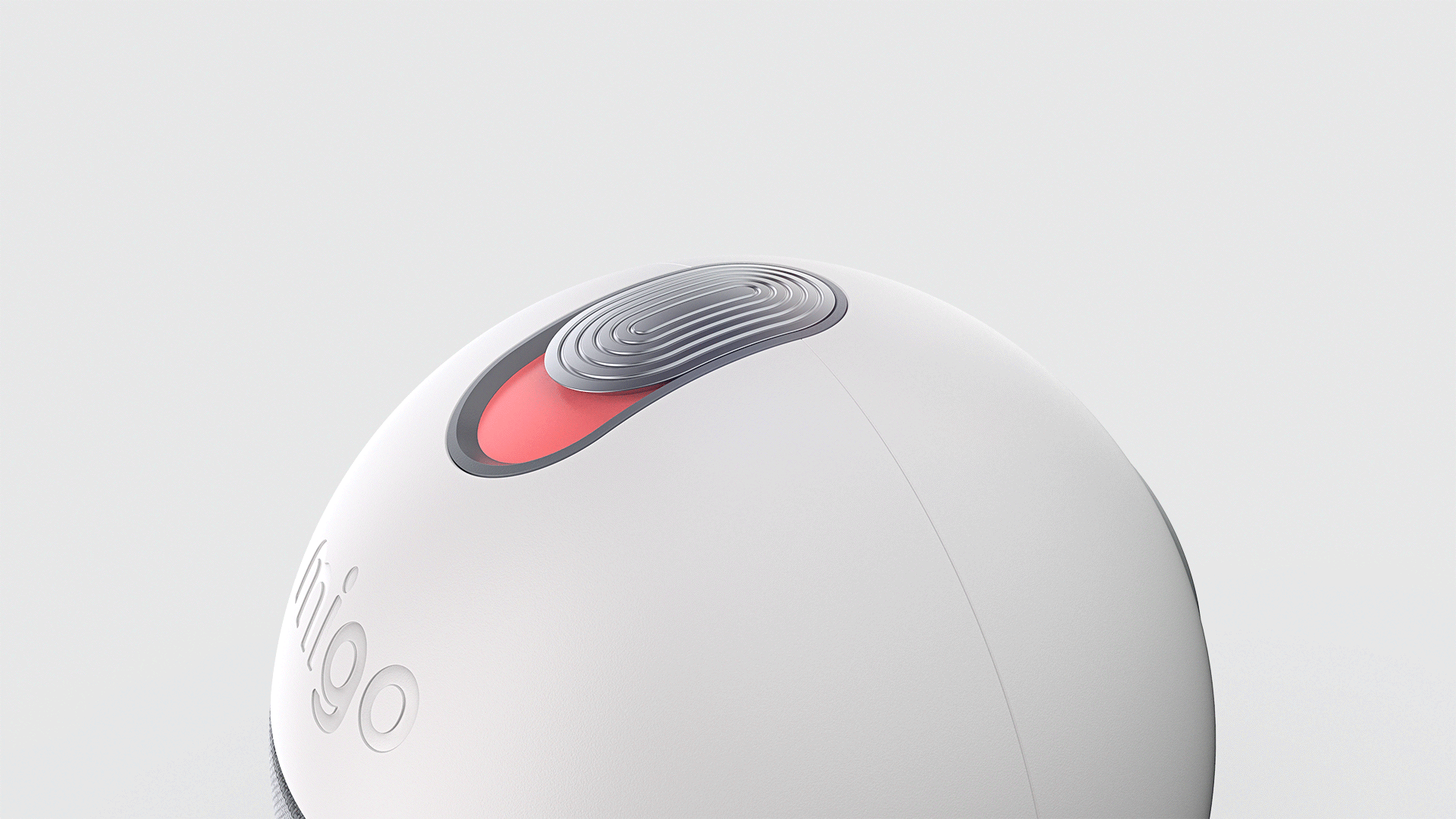
The camera can be turned on and off using remote technology so owners can always keep a watchful eye over their dogs no matter where they are.
